In today's home decor trends, white bathroom vanities have long been synonymous with both style and practicality. Whether it's modern minimalism, Scandinavian naturalism, or a coastal resort style, white always imbues a space with a clean, bright, and visually expansive atmosphere.
However, as with all brightly colored furniture, while beautiful, white bathroom vanities are also highly susceptible to stains, water spots, soap residue, and even yellowing from oxidation. Especially in humid, heavily used bathroom environments, improper use and maintenance can quickly cause the once pristine white surface to yellow, grey, and even mould and deteriorate.
So, if you want your white bathroom vanity to look pristine, maintenance isn't just a post-purchase chore; it's crucial to its longevity and aesthetically pleasing.
This article combines professional cleaning advice, material science knowledge, and practical usage tips to guide you through how to care for, prevent, and address common stains and ageing issues with white bathroom vanities.
1. Deeply Understand the Materials of White Bathroom Vanities
Before beginning cleaning and maintenance, understanding the materials is the first step. Different panel materials have distinct cleaning requirements and sensitive areas.
The following are the common materials for white bathroom vanities on the market:
|
Material Type |
Key Features |
Maintenance Notes |
|
Lacquered MDF |
Smooth glossy white surface, budget-friendly |
Susceptible to scratches and moisture; ensure regular ventilation and drying |
|
PVC Board |
Excellent water resistance, ideal for humid environments |
Prone to yellowing with age; avoid direct sunlight |
|
Engineered Stone (e.g., Acrylic) |
Visually upscale, strong stain resistance |
Avoid impact from hard objects; use mild cleaners |
|
Solid Wood (White Painted Finish) |
Natural texture, commonly used in high-end custom vanities |
Easily absorbs moisture and deforms; use moisture-resistant oils regularly |
By understanding the materials, we can tailor cleaning and maintenance methods to the specific needs.
2. Daily Cleaning Habits: Build a First Line of Defence Against Staining
The most effective way to keep a white vanity clean is to develop good maintenance habits during daily use.
✨ Wipe away water droplets daily
Water is most likely to accumulate around the edges of your dresser, around the base of faucets, and drawer handles. Prolonged moisture not only easily leaves scale marks but can also cause blistering on the finish.
Recommended: Wipe away any water marks with a dry towel after each wash. Using a blow dryer to enhance drying is also helpful.
✨ Use a neutral detergent
Avoid using strong alkaline or acidic detergents (such as 84 disinfectant and kitchen degreaser), as these may cause discolouration or corrosion.
Recommended cleaning method: Mix a small amount of mild dish soap with warm water and gently wipe the surface with a sponge.
✨ Prevent staining
If not cleaned promptly, products containing pigments, such as hair dye, toothpaste, lipstick, and perfume, can seep into the countertop, causing long-lasting stains that are difficult to remove.
Practical tips: Use a drip-proof cloth or mat to protect the countertop when using hair dye or brushing your teeth. It's recommended to clean the bottom of your toothbrush cup regularly to prevent residue buildup.

3. Perform a monthly deep maintenance to improve stain resistance
Even if you do a good job of daily cleaning, it's still recommended to perform a "deep maintenance" at least once a month to provide long-term protection for your white bathroom vanity.
Ø Step 1: Use baking soda and white vinegar to create a natural stain removal mask.
Sprinkle baking soda on the stain, then spray with a moderate amount of white vinegar. Let it sit for 3-5 minutes, then wipe with a damp cloth. This not only removes yellowing and Limescale, but also disinfects and removes odours.
Ø Step 2: Apply furniture care lotion.
For wooden or lacquered vanities, it's recommended to use a colourless, transparent furniture care oil or protective wax monthly to enhance the gloss and moisture resistance.
Ø Step 3: Check and clean the joints for mould.
The joints between the sink and the cabinet are prone to water accumulation and mould growth. Use a toothbrush dipped in disinfectant alcohol or 3% hydrogen peroxide to scrub the gaps, then wipe clean with a dry cloth.
4. Tips for Treating the Five Most Common Stain Types
Even with your best efforts, you'll occasionally encounter stubborn stains. Here are five common stain treatments:
Toothpaste residue
Gently scrub with a damp paper towel and toothbrush, then wipe dry with warm water.
Hair dye/makeup bleeding
Immediately wipe with an alcohol wipe or makeup remover; the sooner you address it, the easier it will be to remove.
Limescale and yellowing
Wipe with a mixture of lemon juice and warm water for a natural stain remover.
Yellowing from oxidised paint
Use micro-polishing wax or a professional yellowing remover to repair the surface.
Mould spots
Spray the surface with a diluted bleach solution, then quickly rinse with clean water and air dry.
5. Prevention is better than cure: Five details you should consider during renovations
To radically reduce the burden of cleaning, planning should begin during the purchasing and renovation stages:
Choose waterproof panels (such as PVC or acrylic)
Use rounded corners to reduce dead spots
Use a one-piece basin edge to prevent water accumulation
Avoid direct sunlight to slow yellowing
Provide power for a hand dryer or small dehumidifier
These design details not only extend the lifespan of your vanity but also effectively reduce maintenance costs.
Conclusion
Keeping your white bathroom vanity clean isn't just about looking good. It's about committing to quality living, cultivating a long-term aesthetic, and ultimately, a lifestyle that cherishes space and pays attention to detail.
If you want your white space always to look pristine, maintenance isn't a burden; it's an extension of your enjoyment of home life.
So, start today—say goodbye to stains and protect this purity with action.

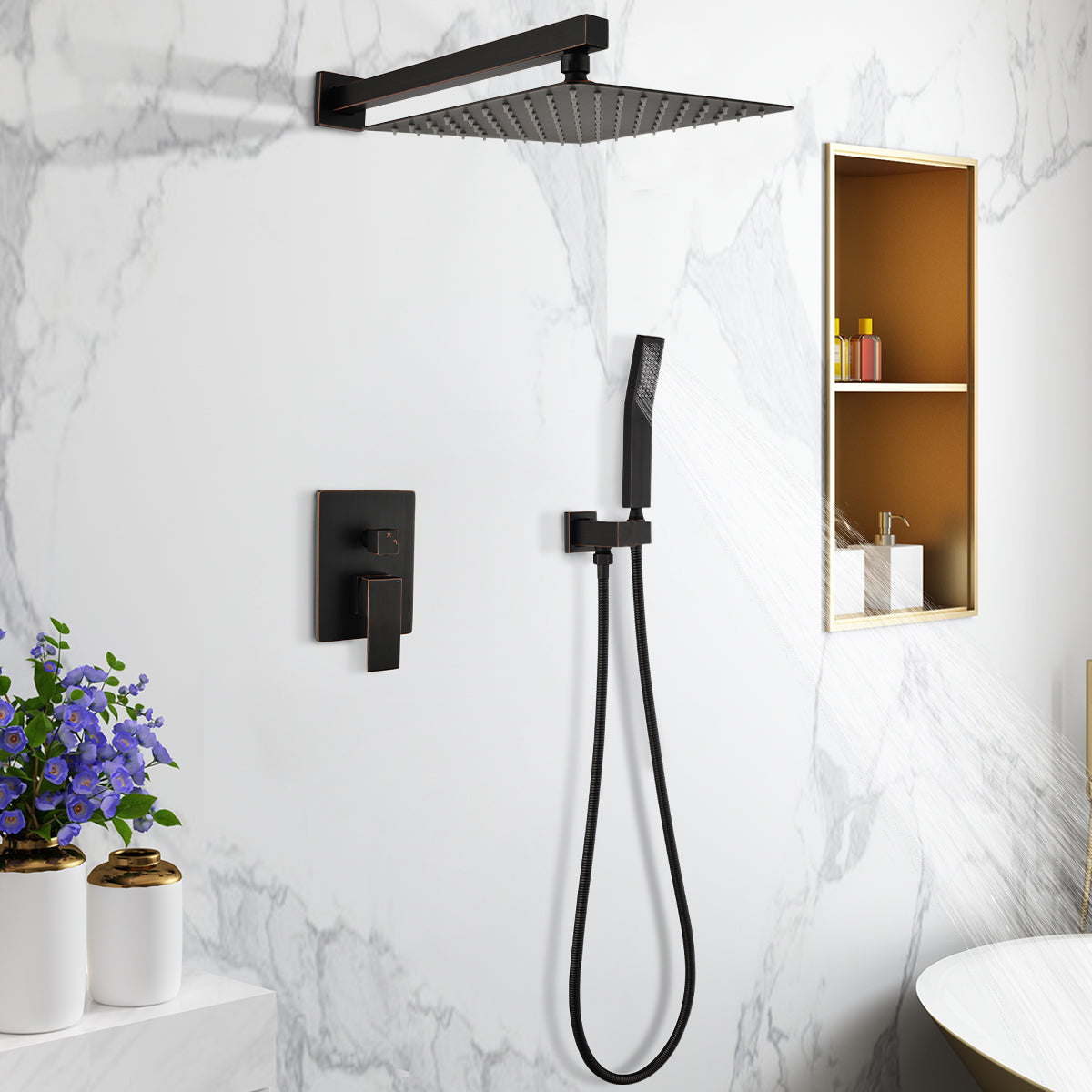
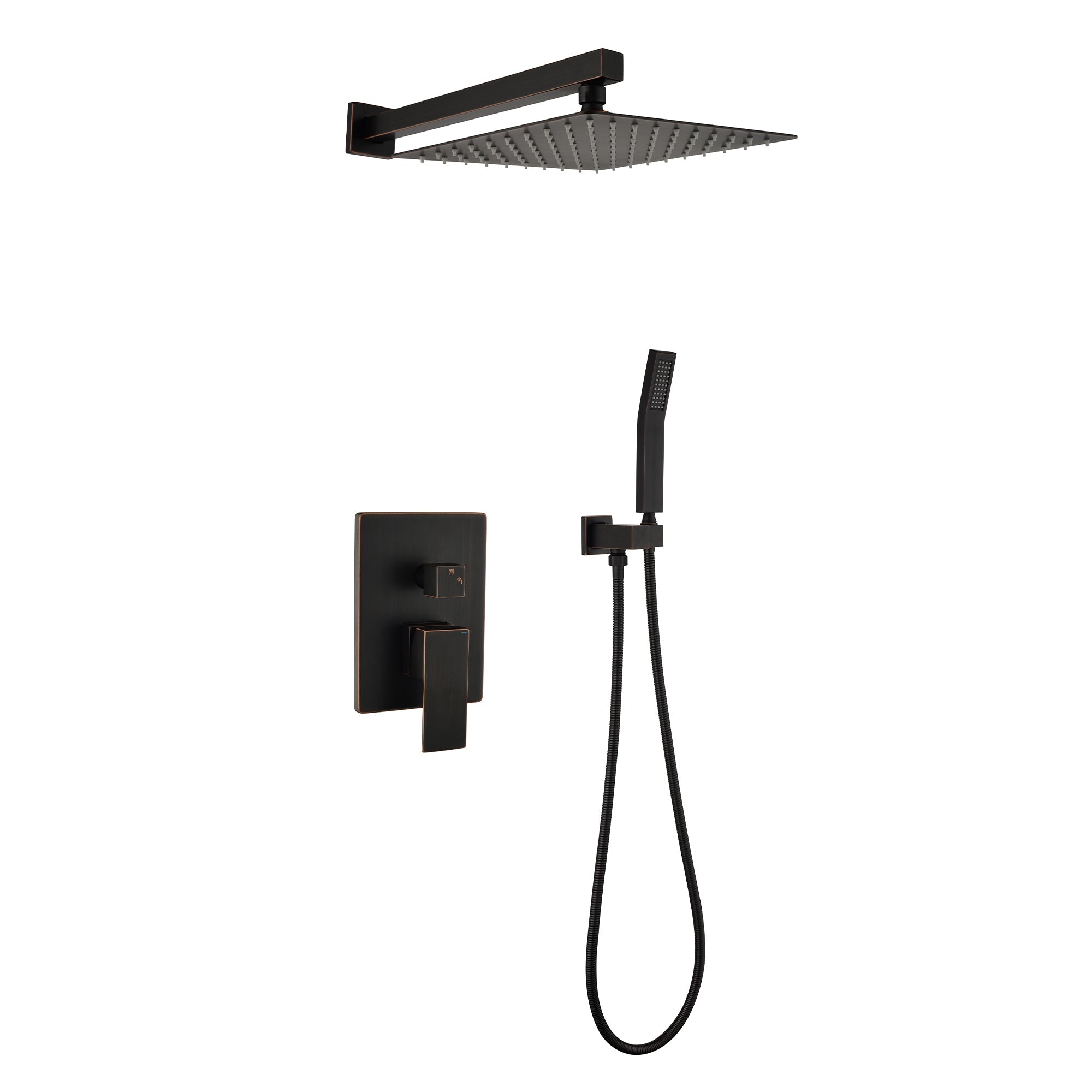


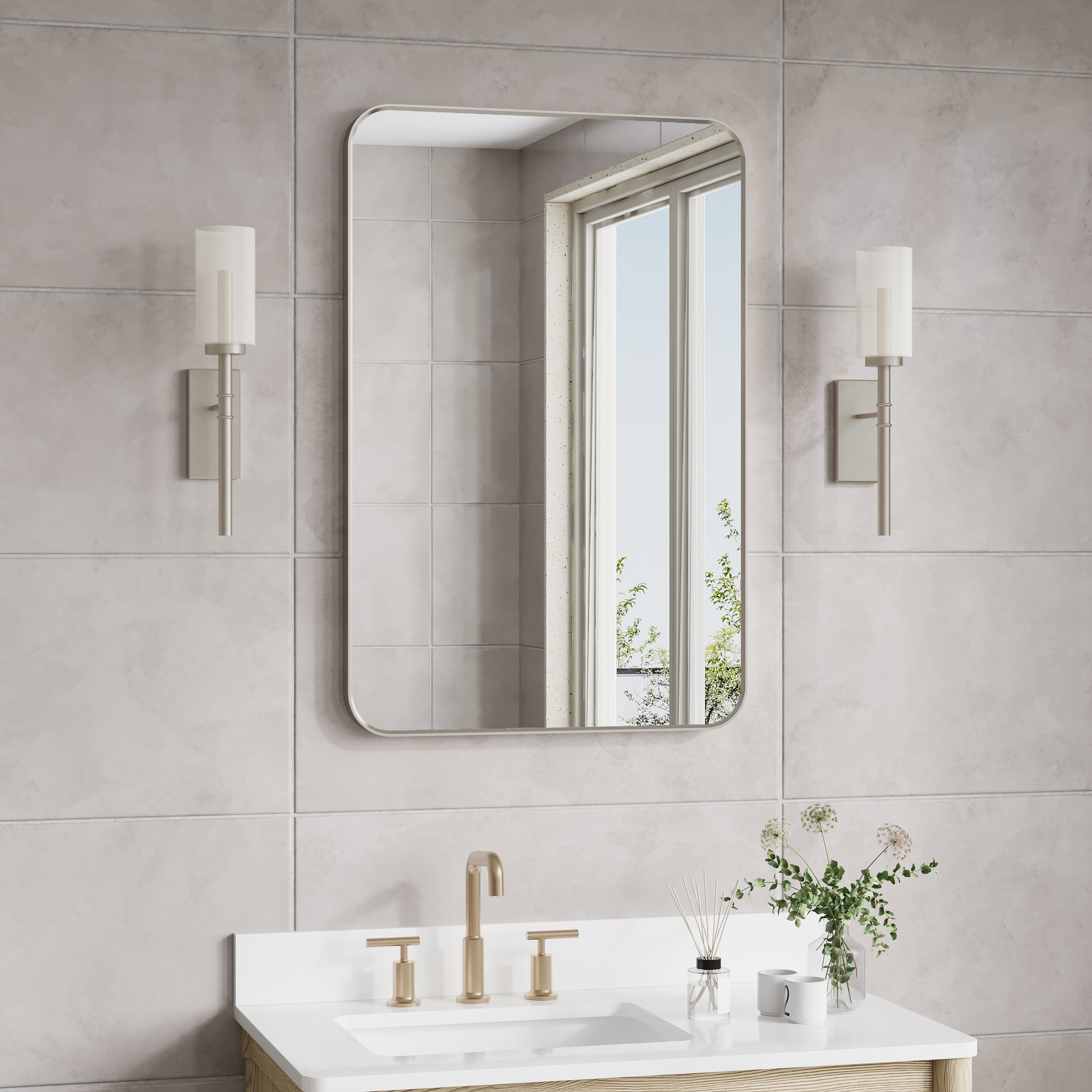
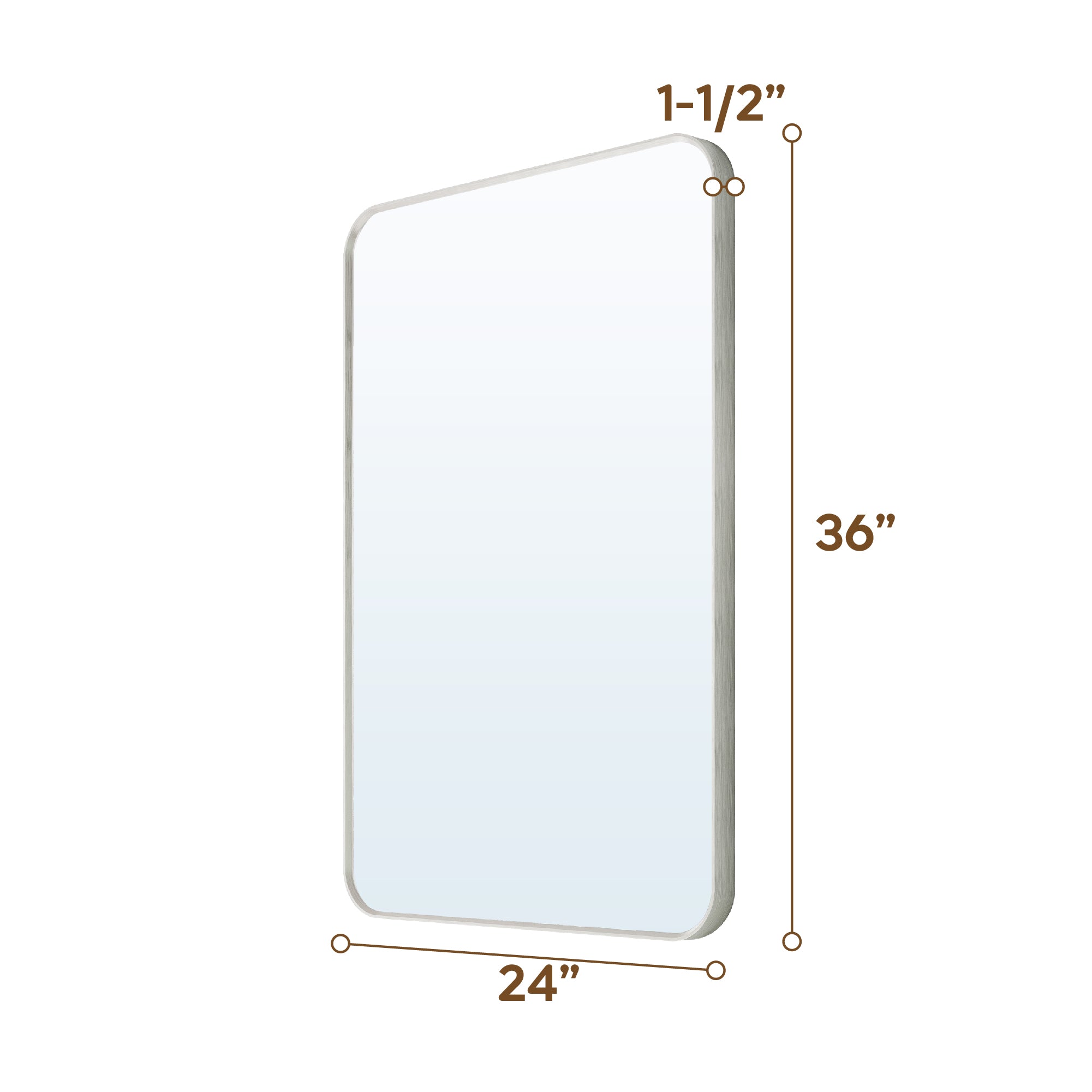
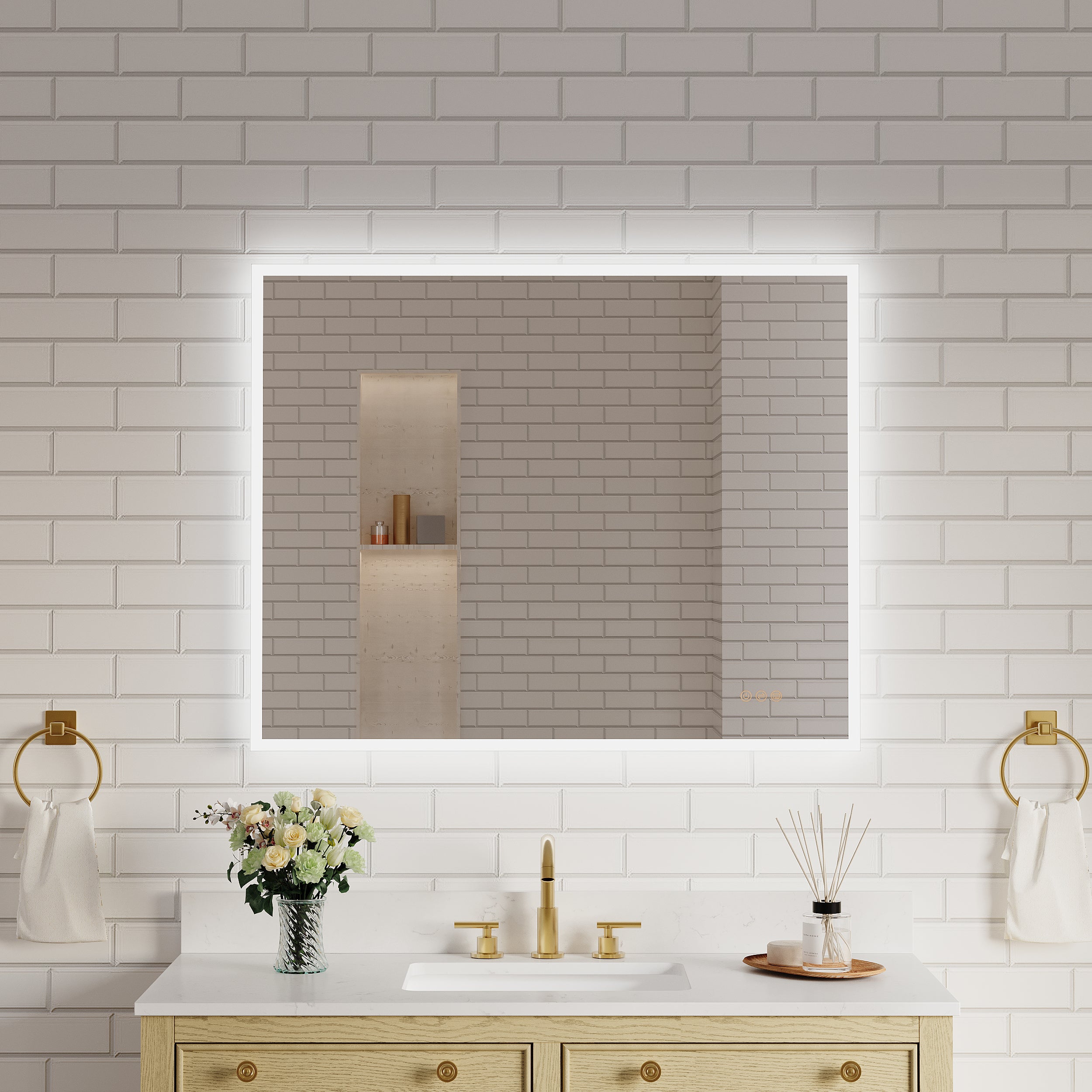
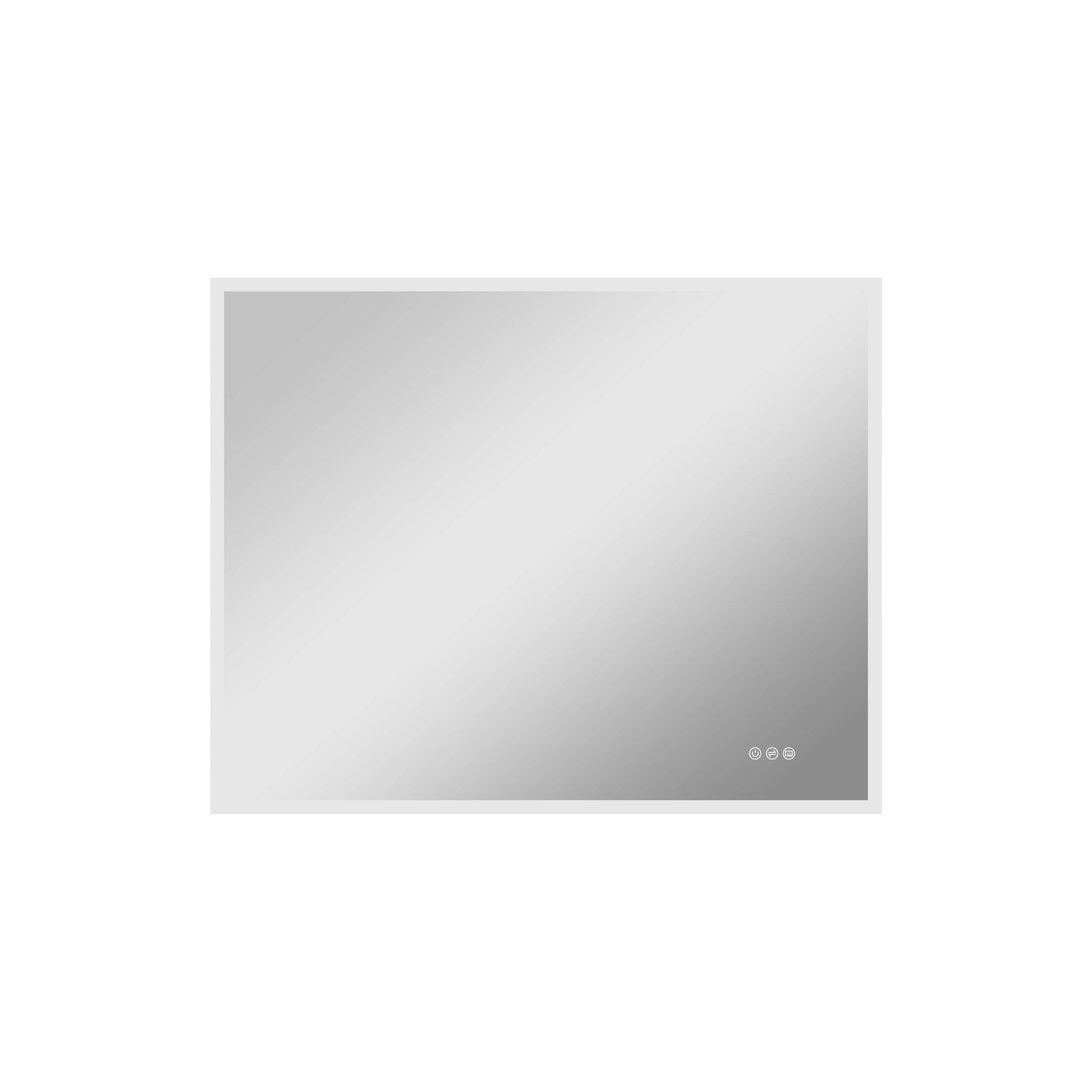
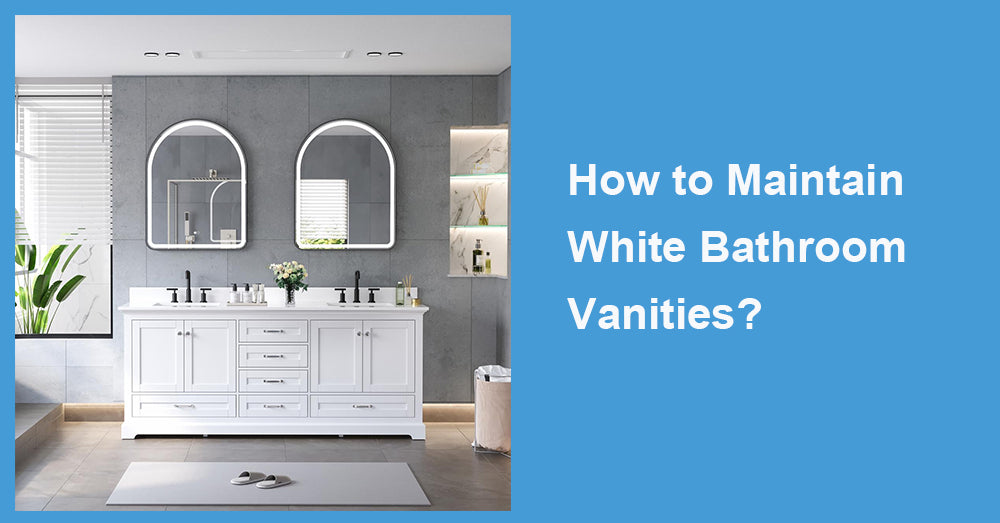
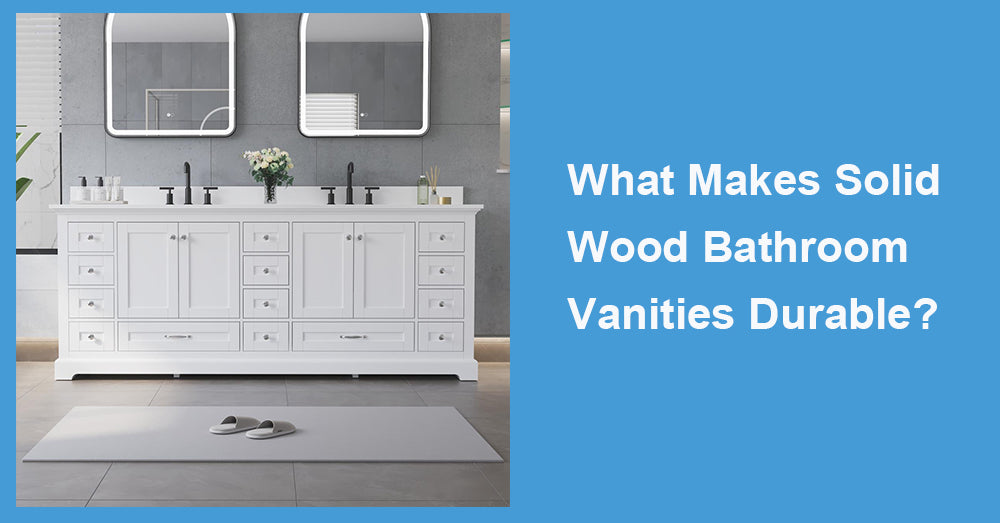

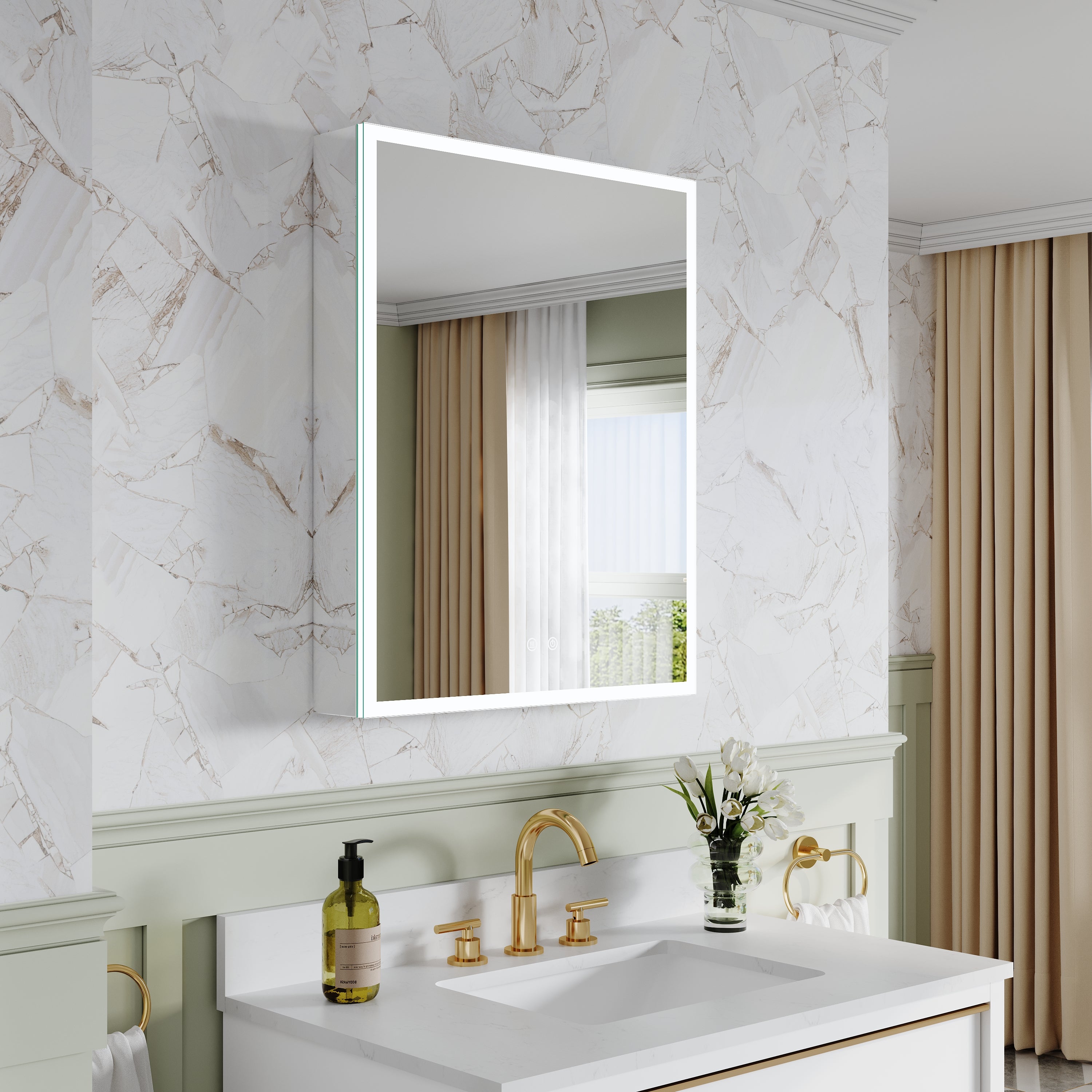
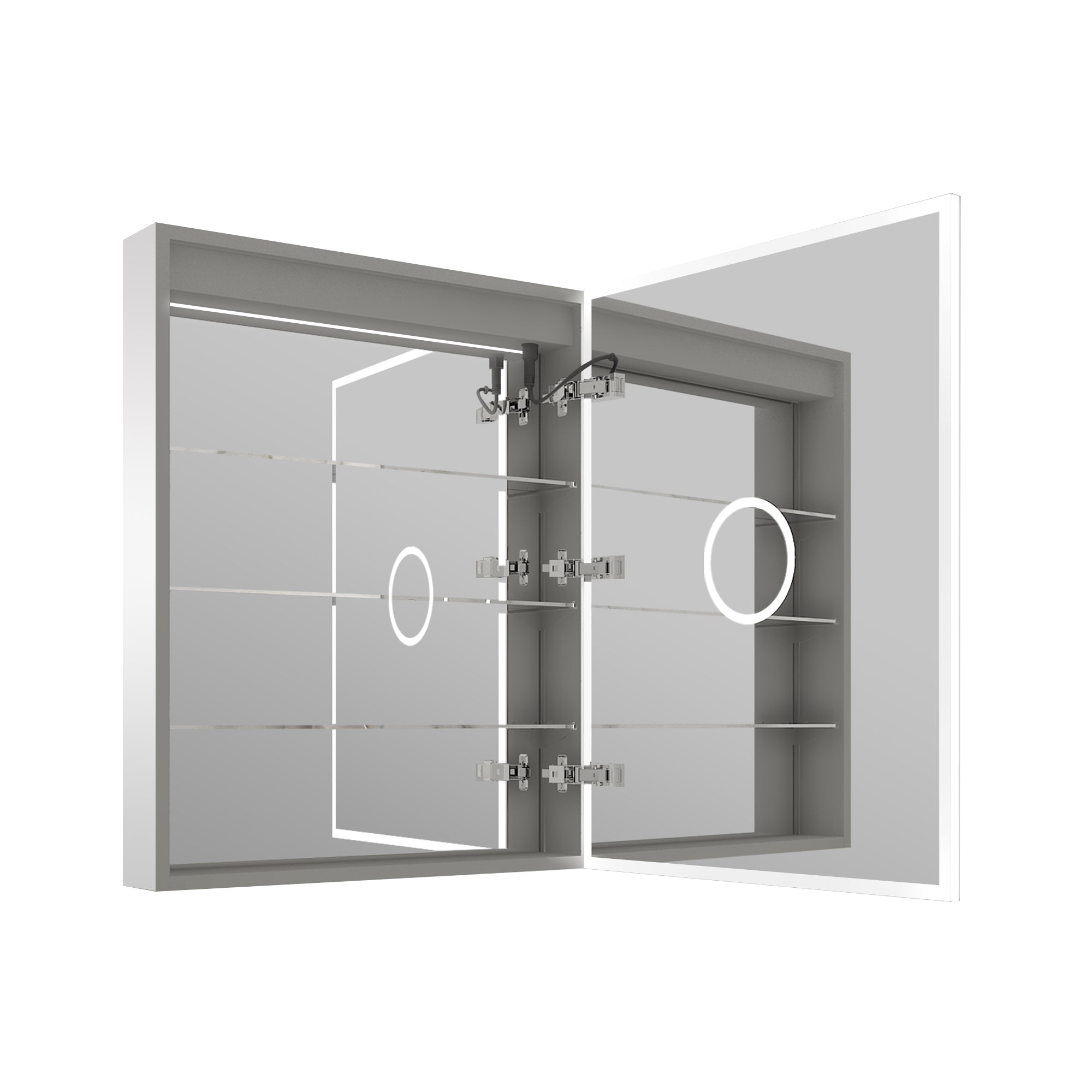
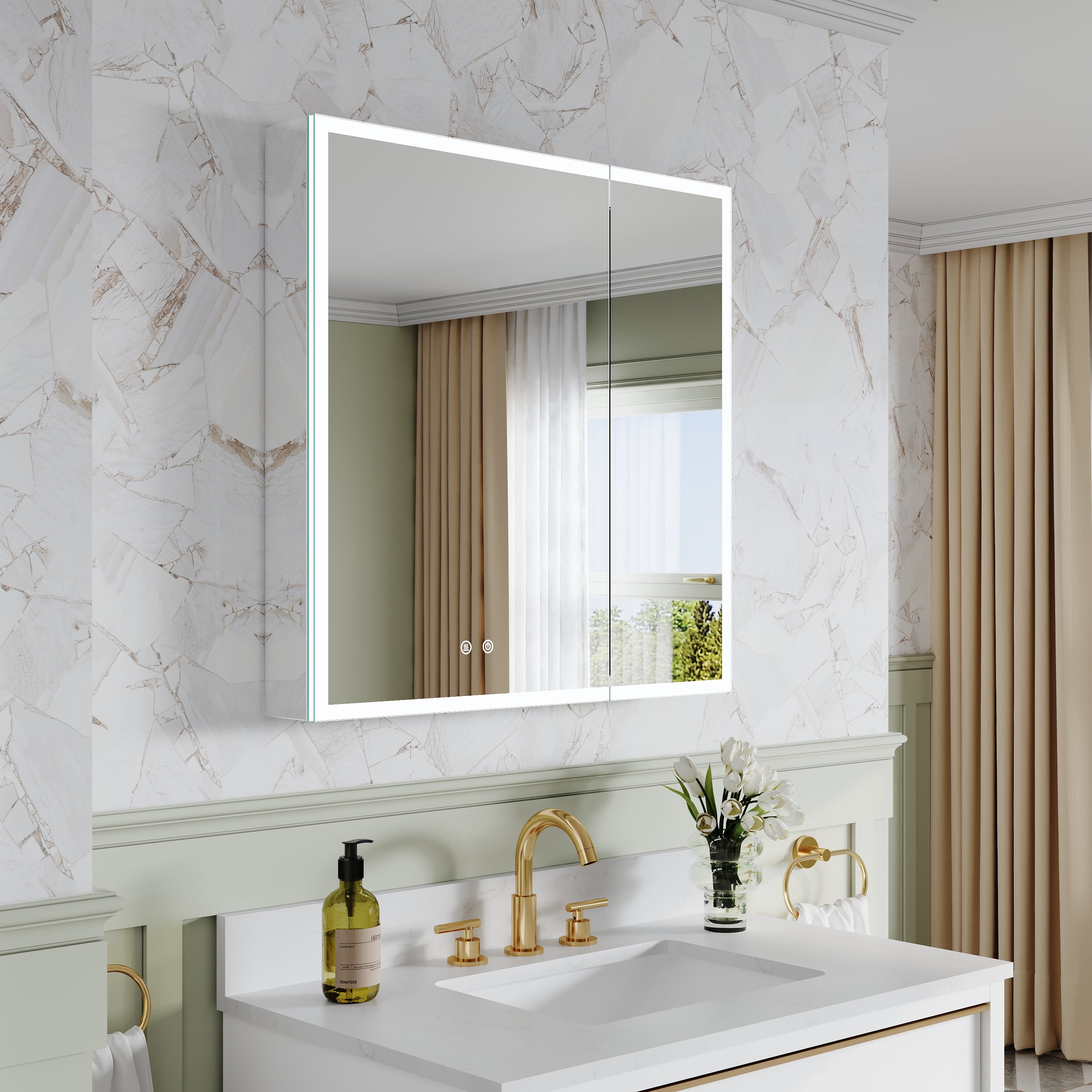



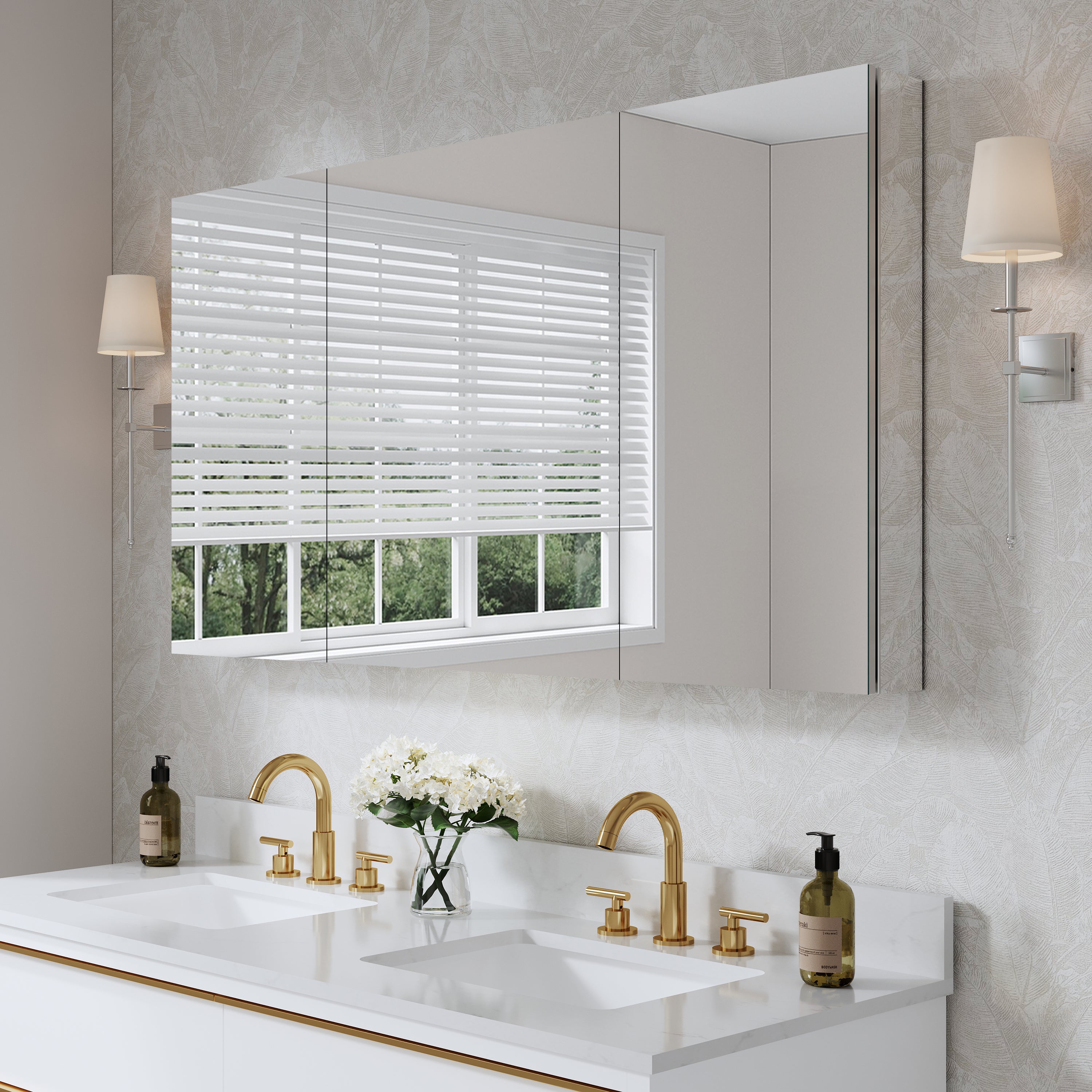

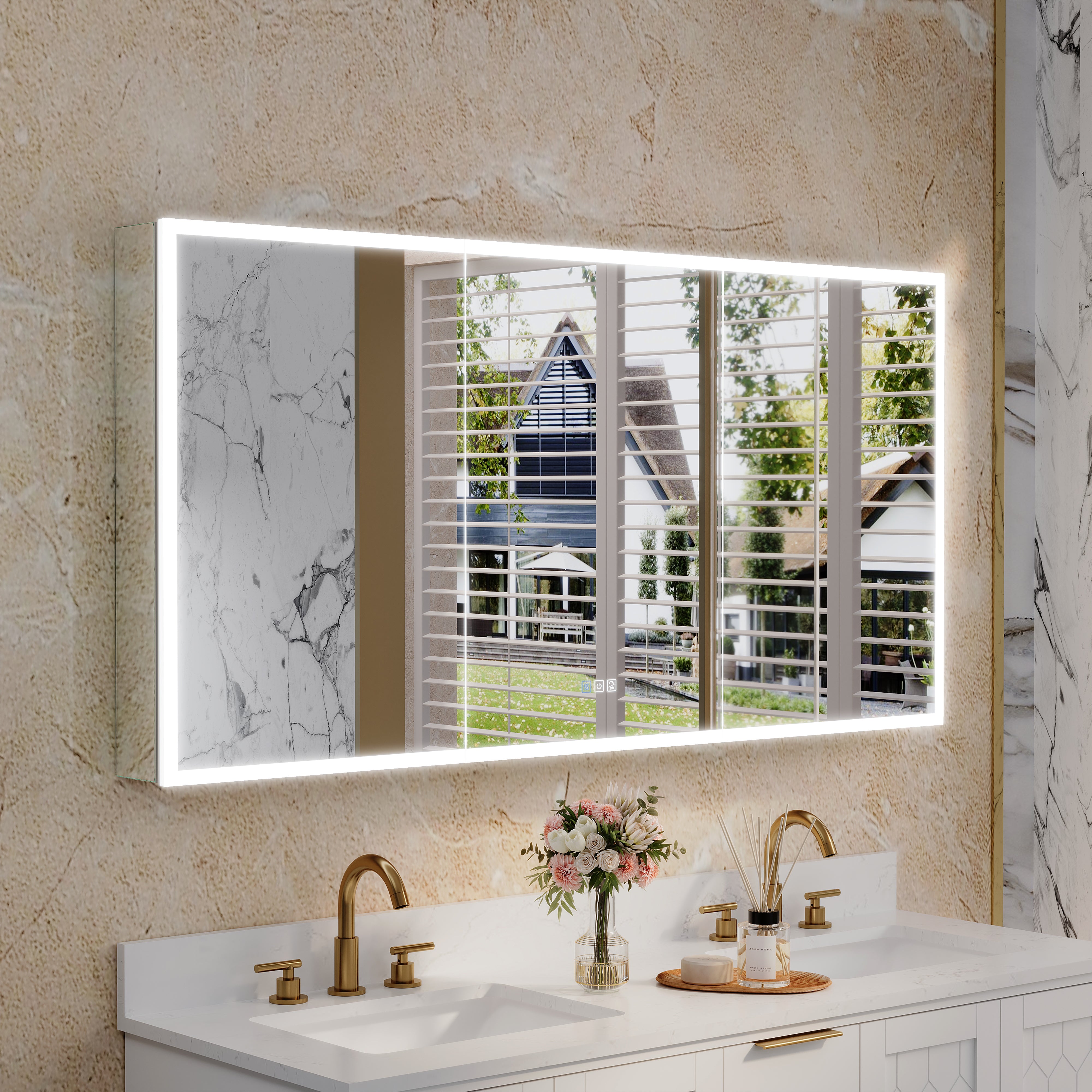

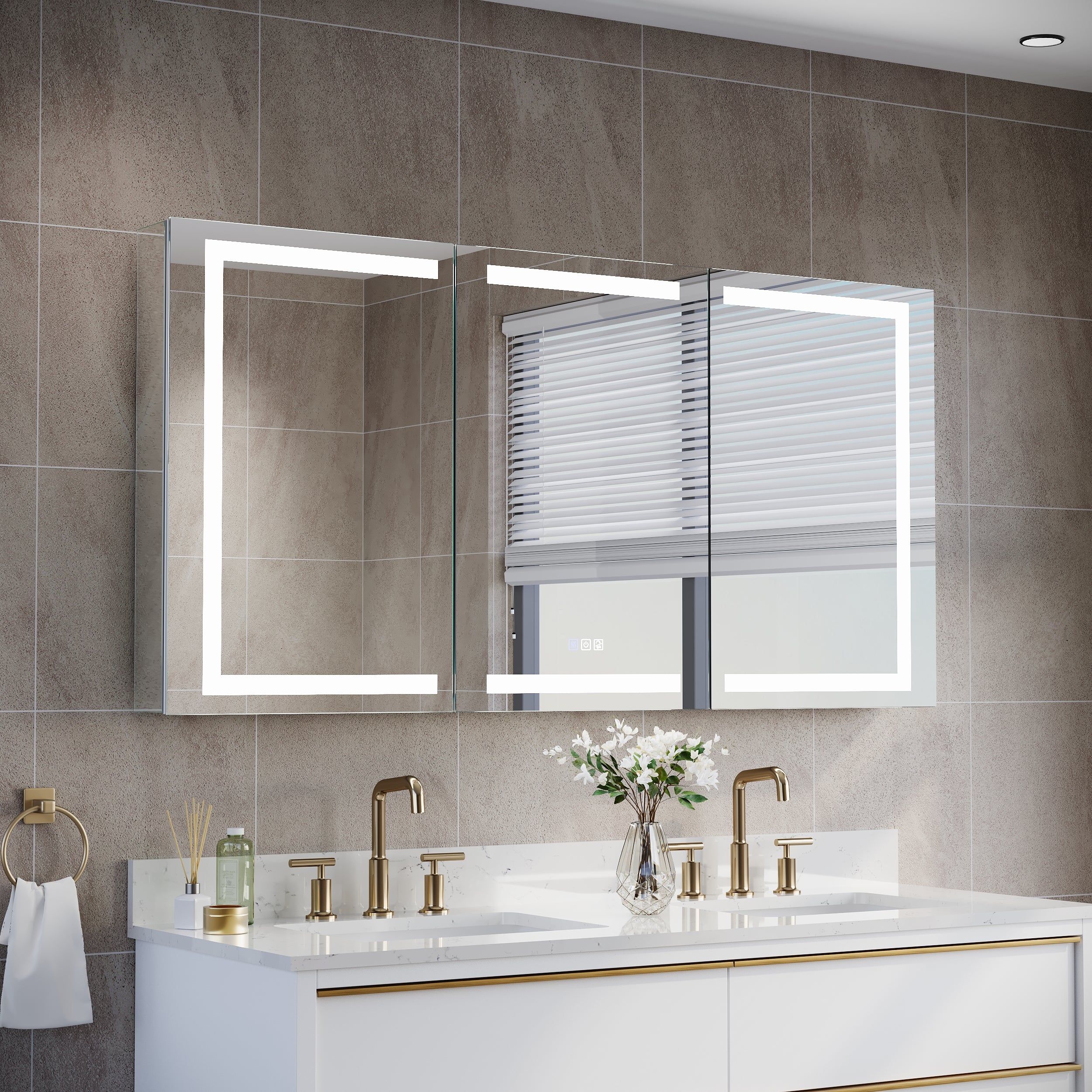



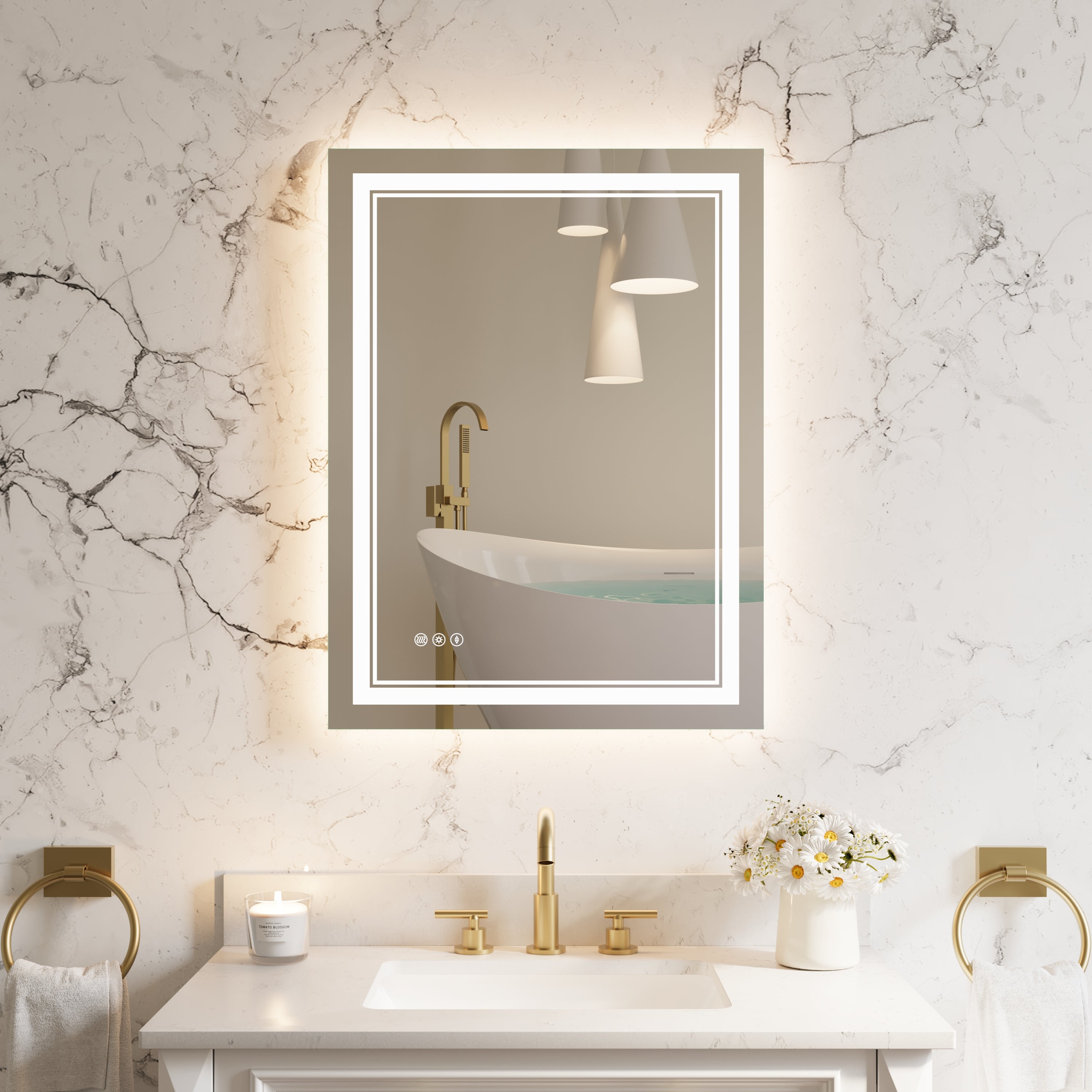
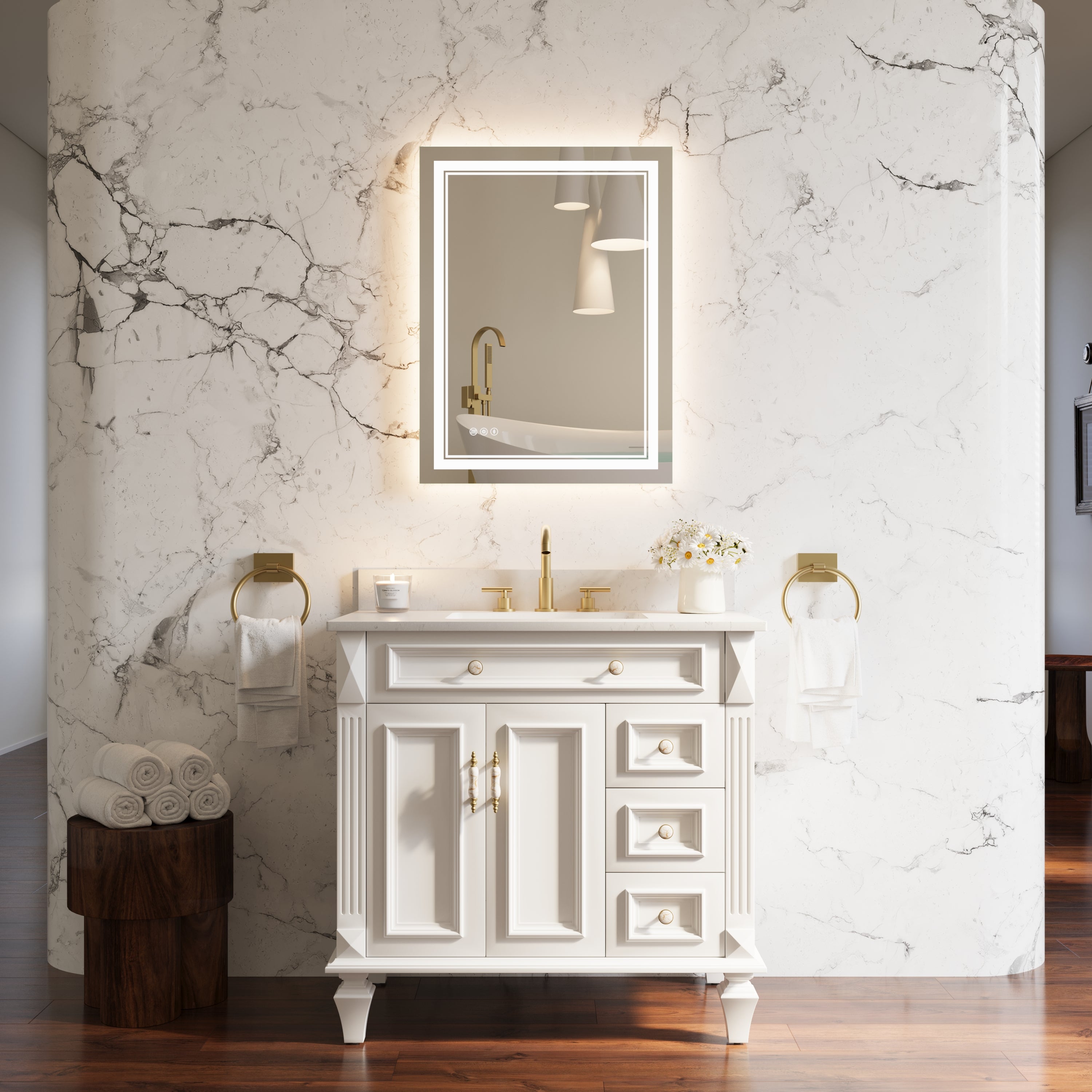
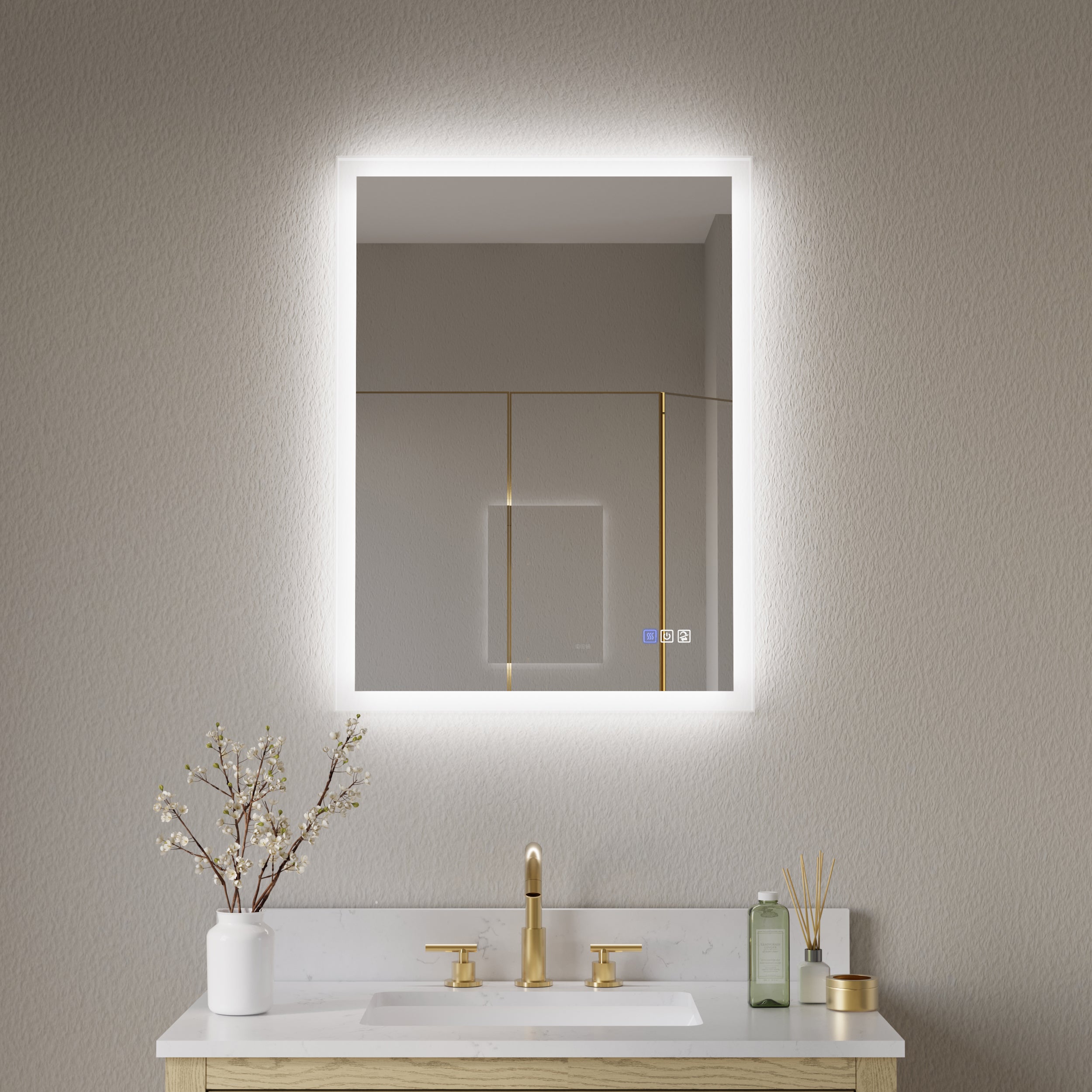
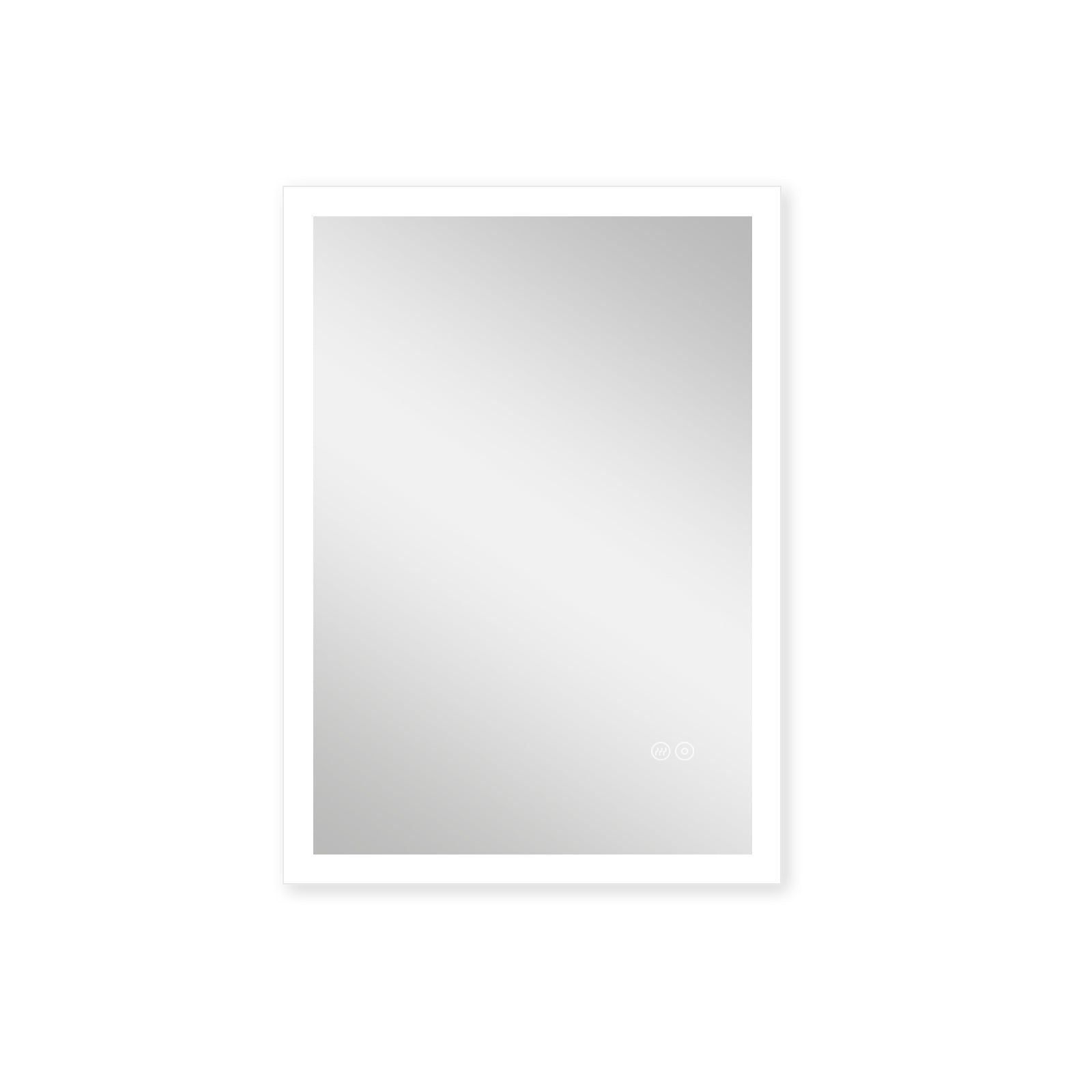
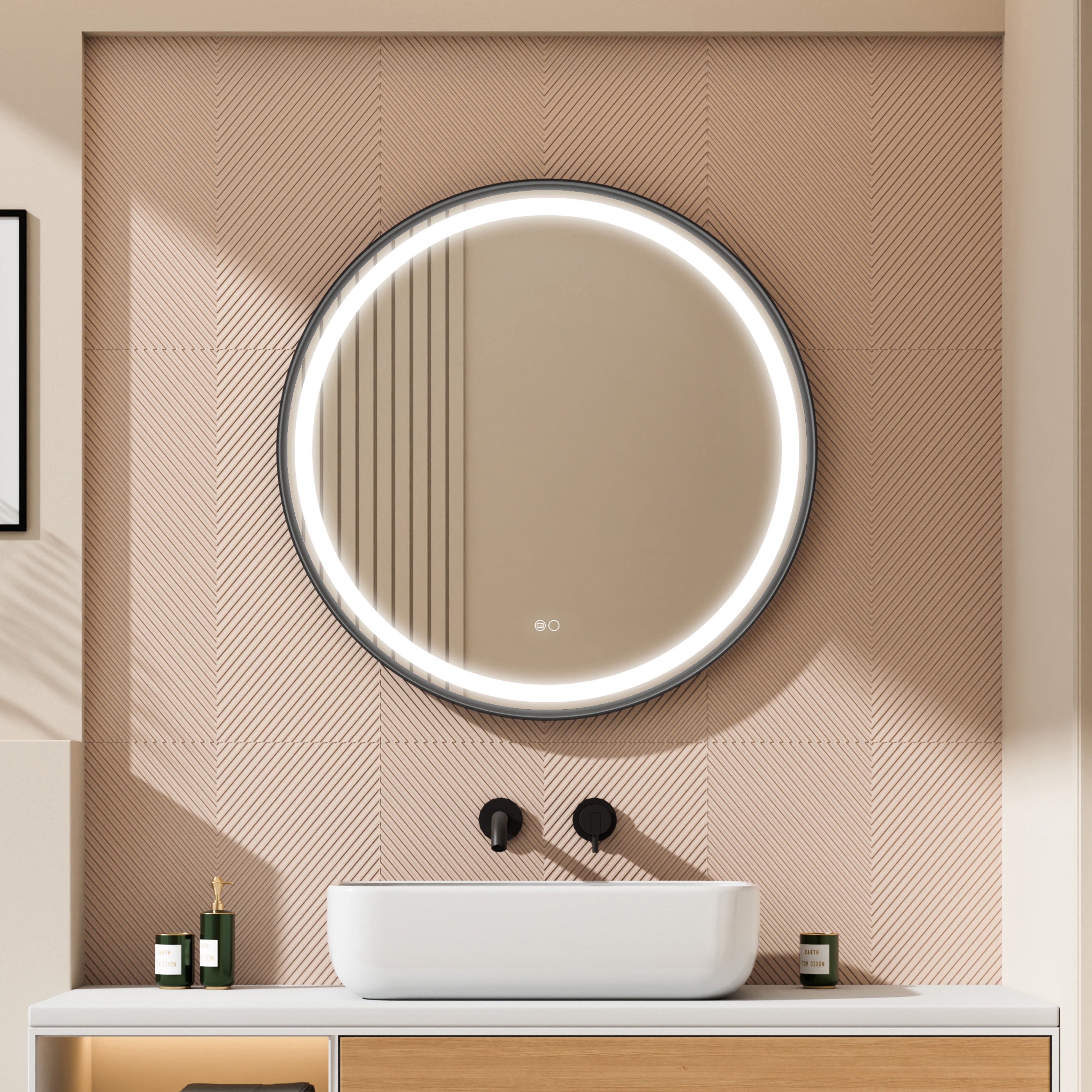
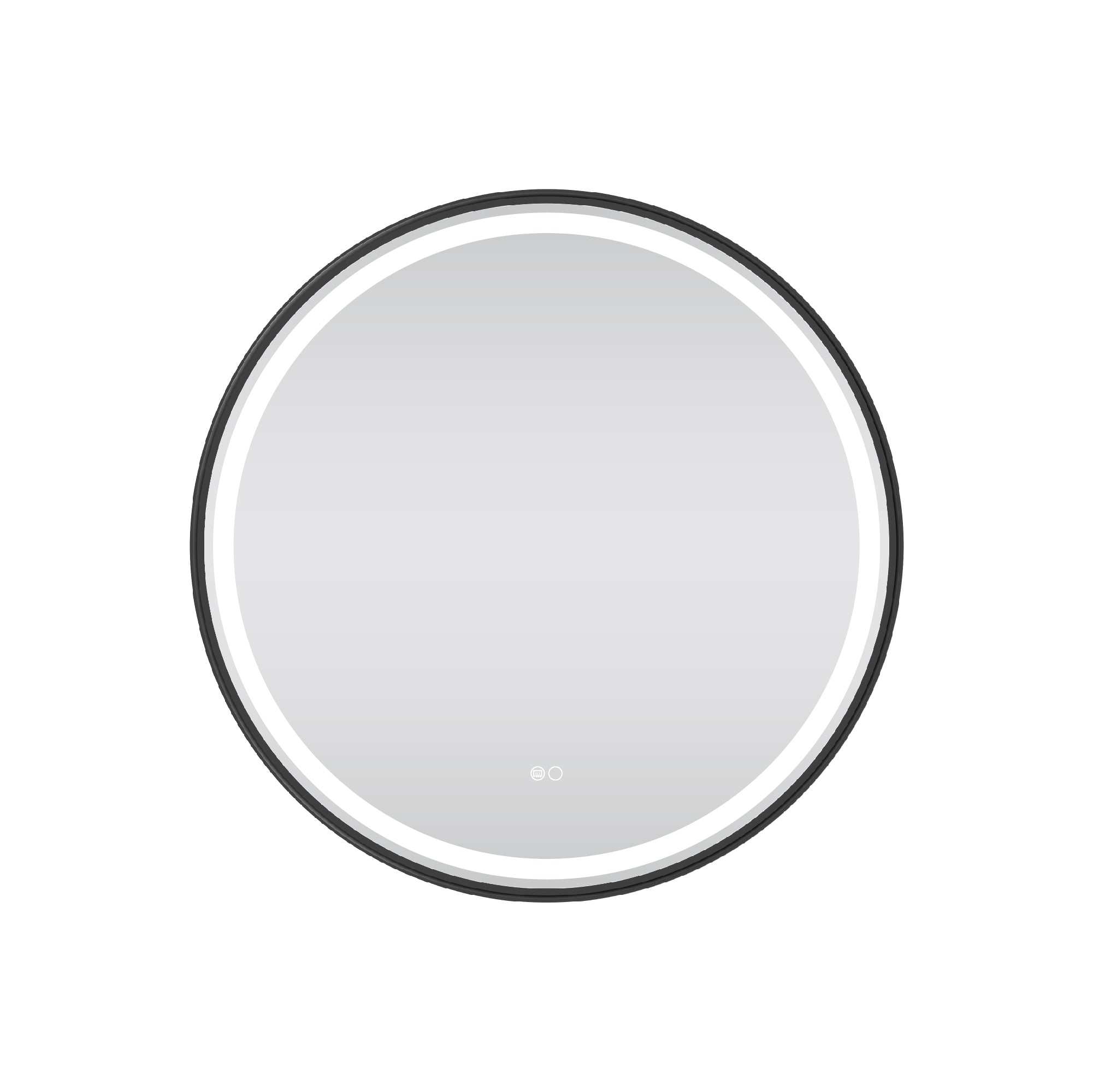


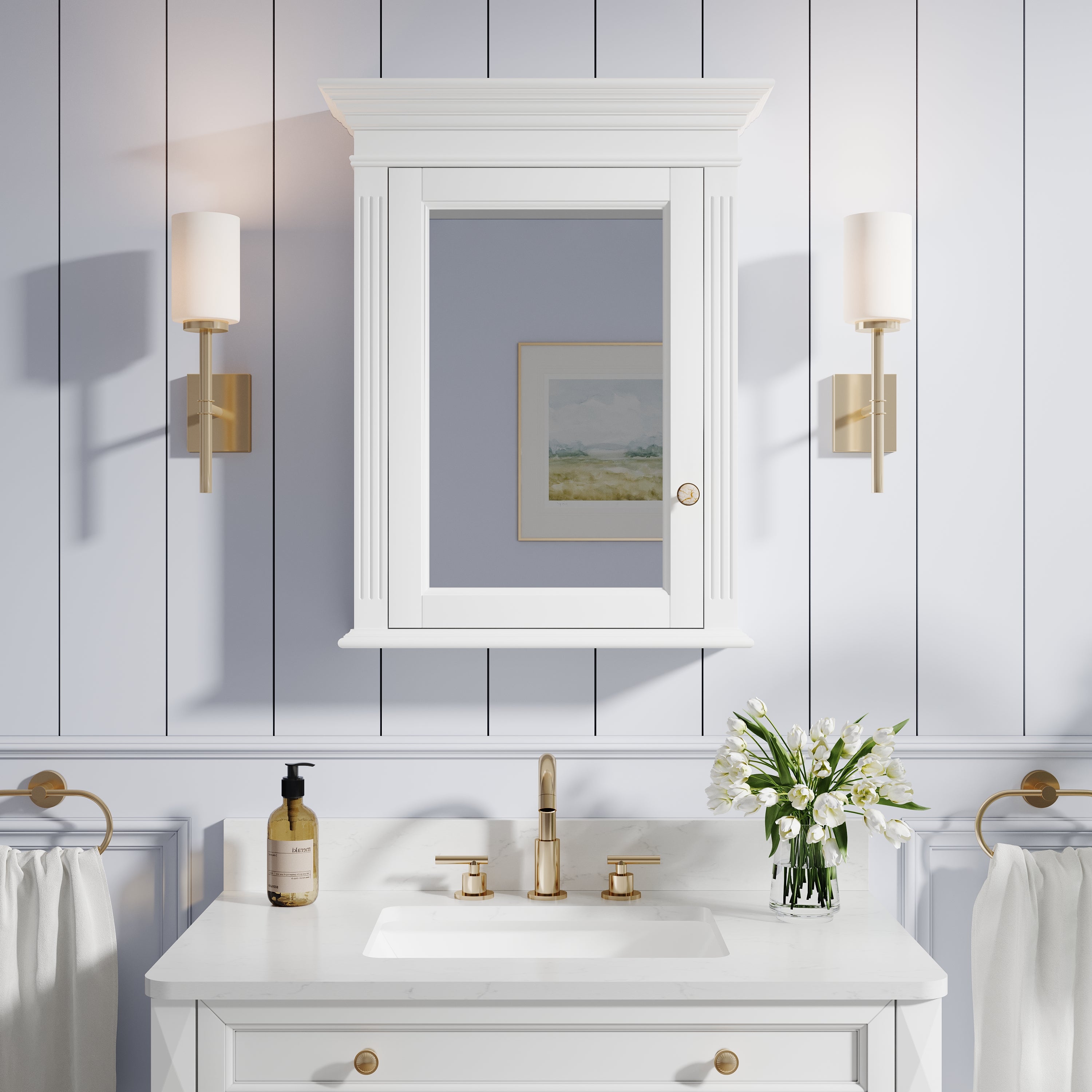
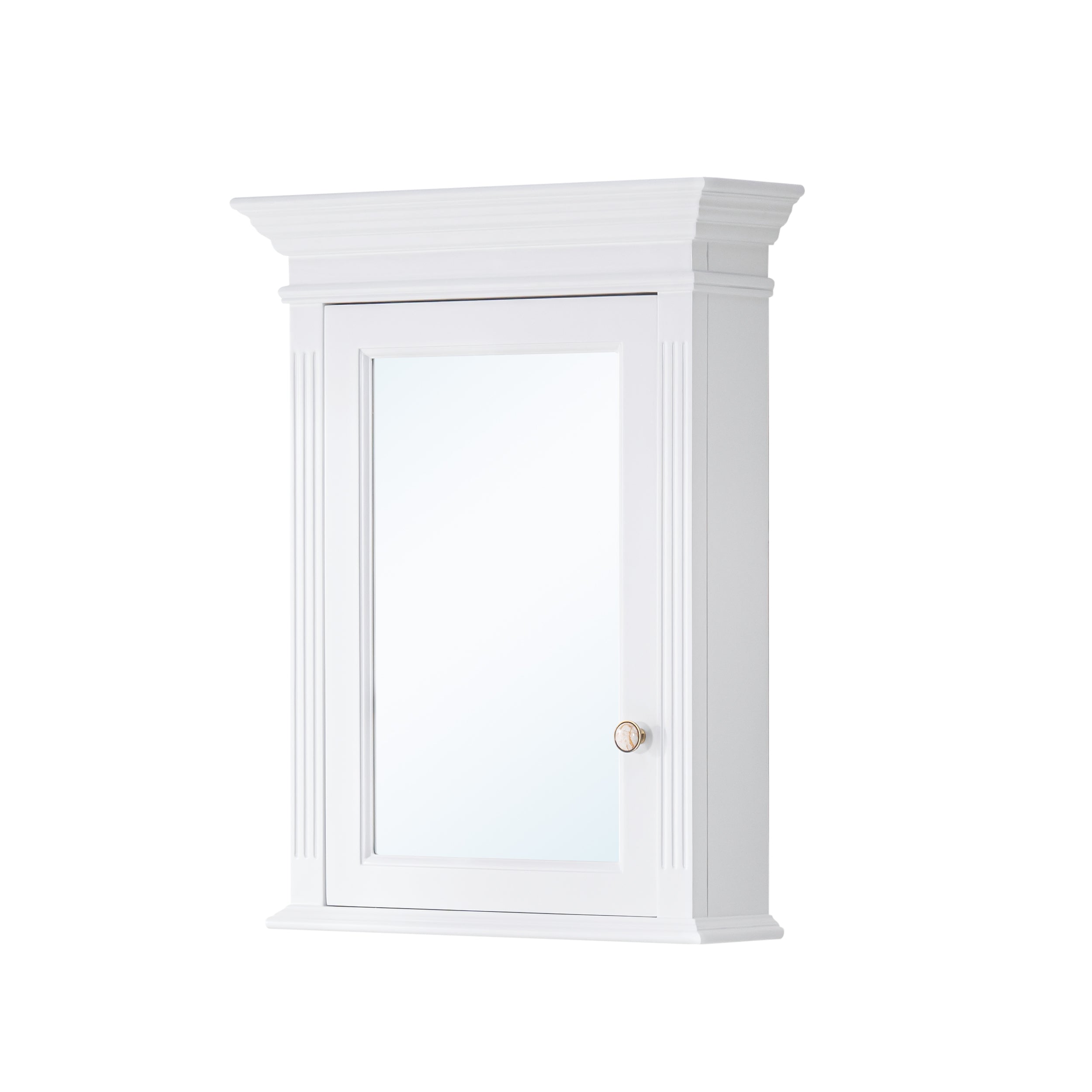
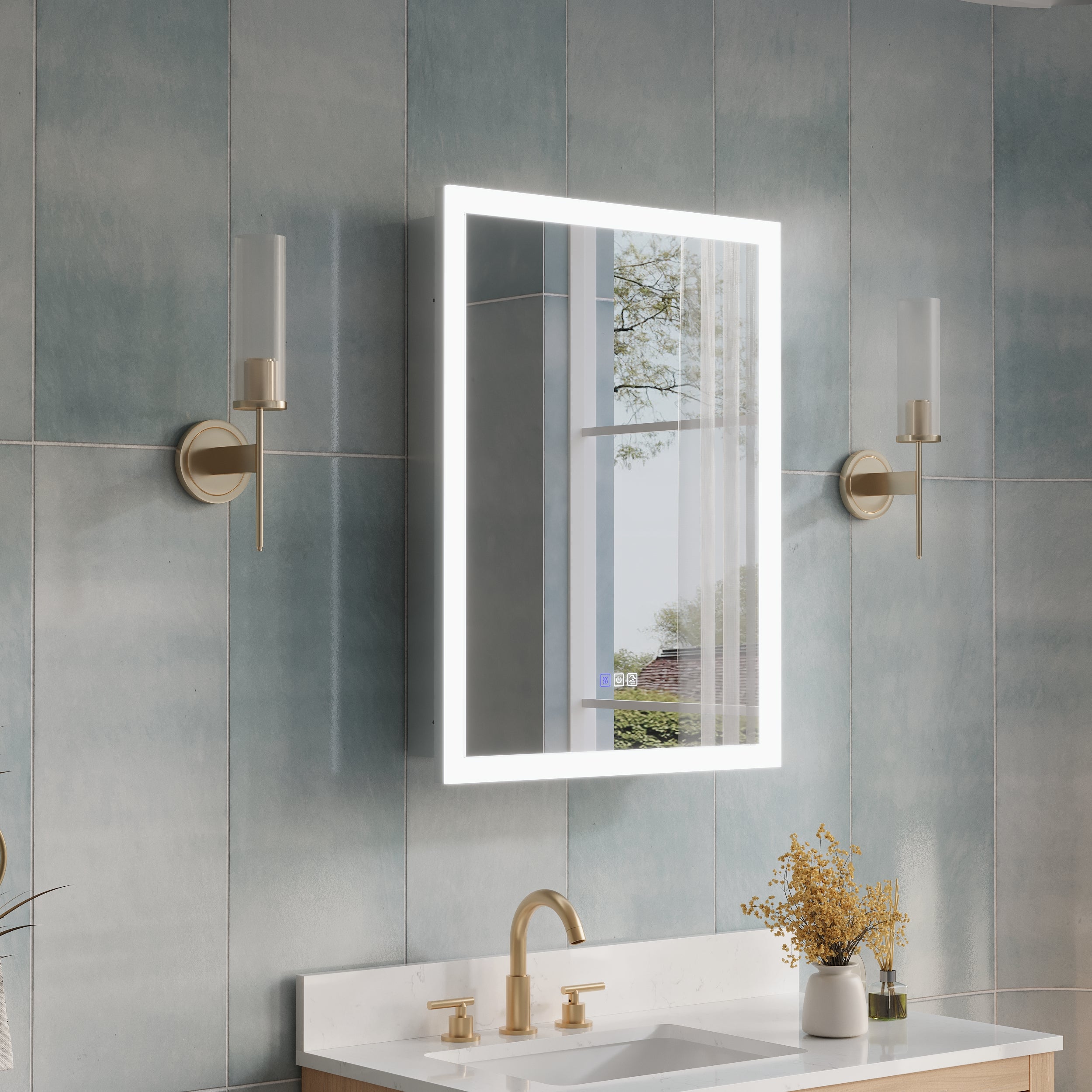

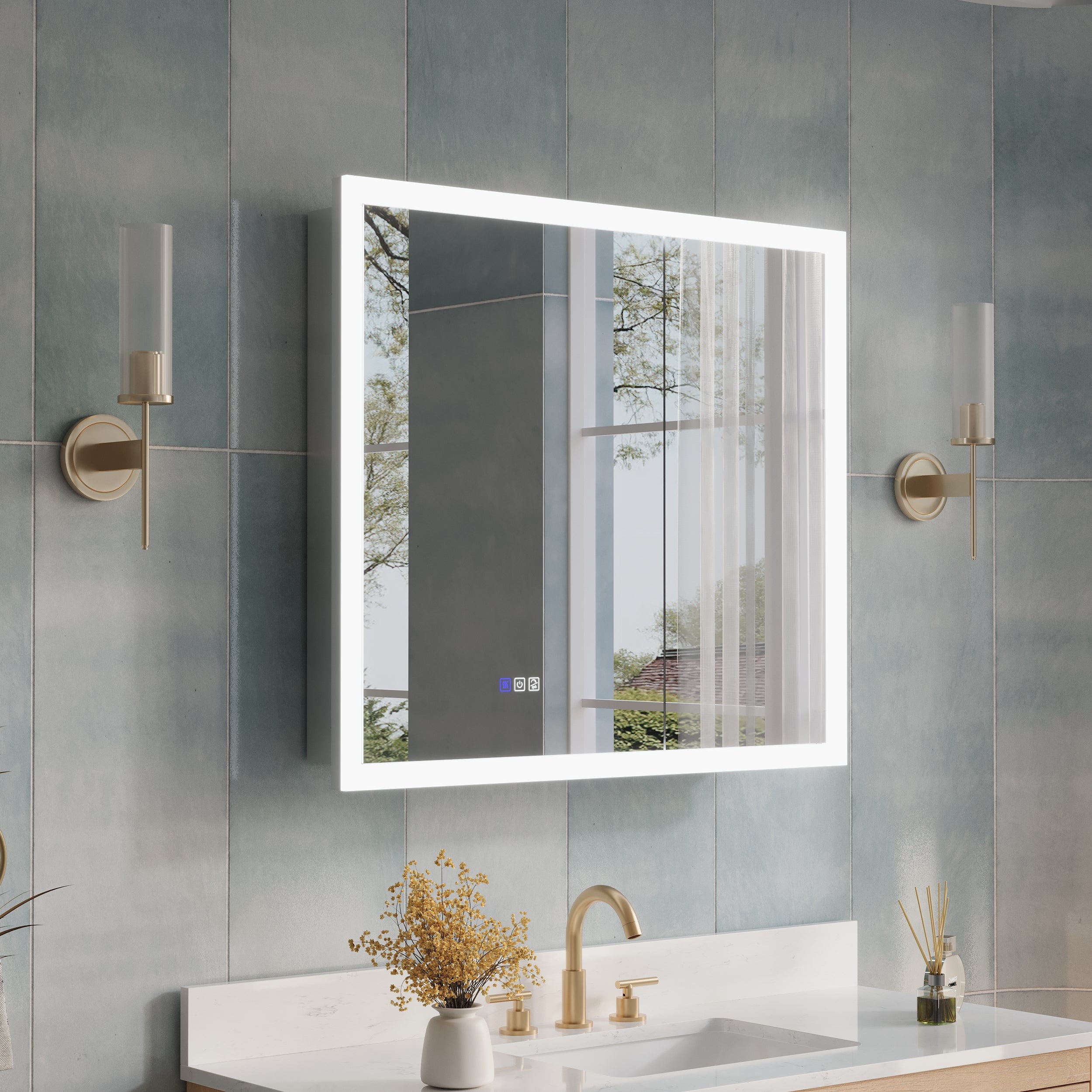



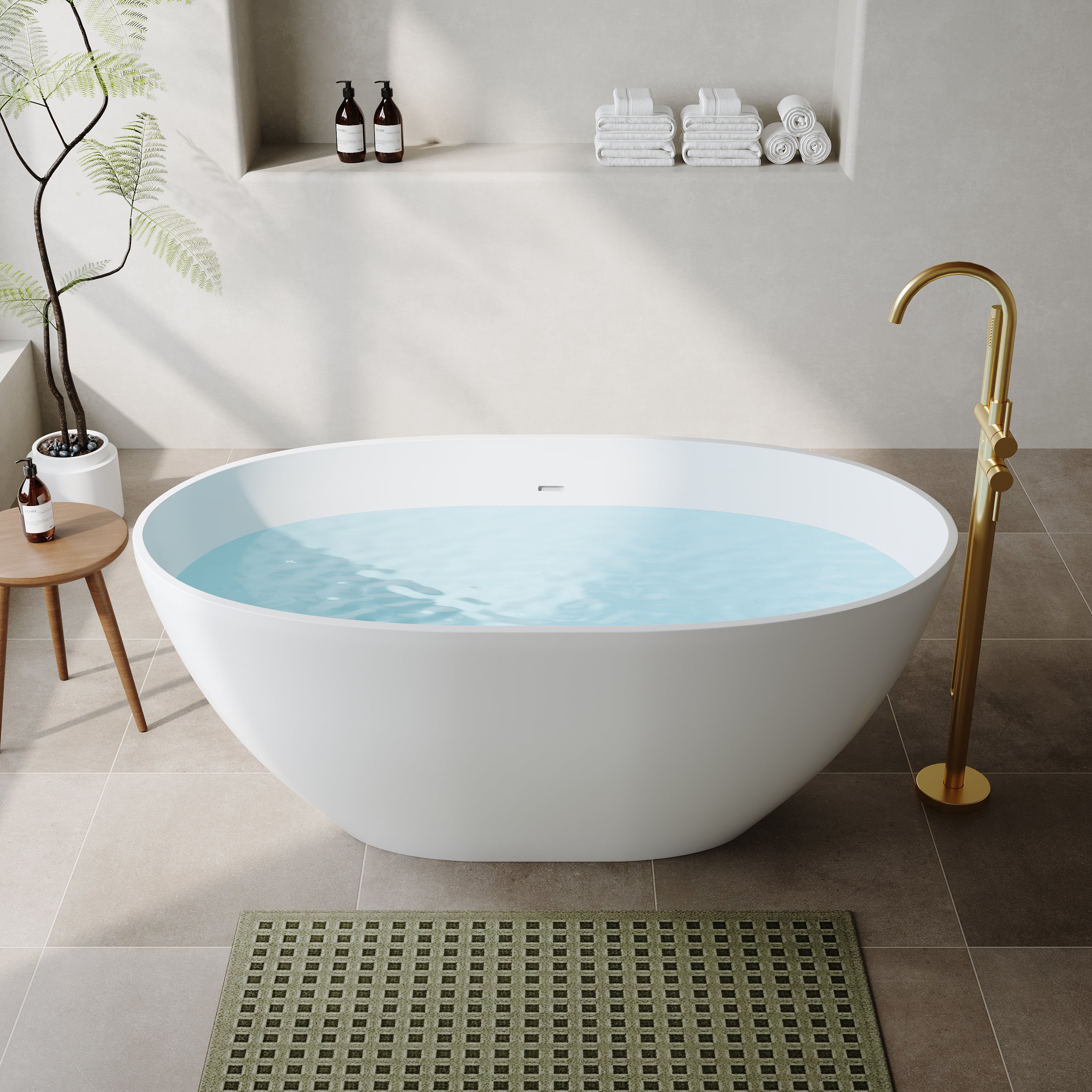
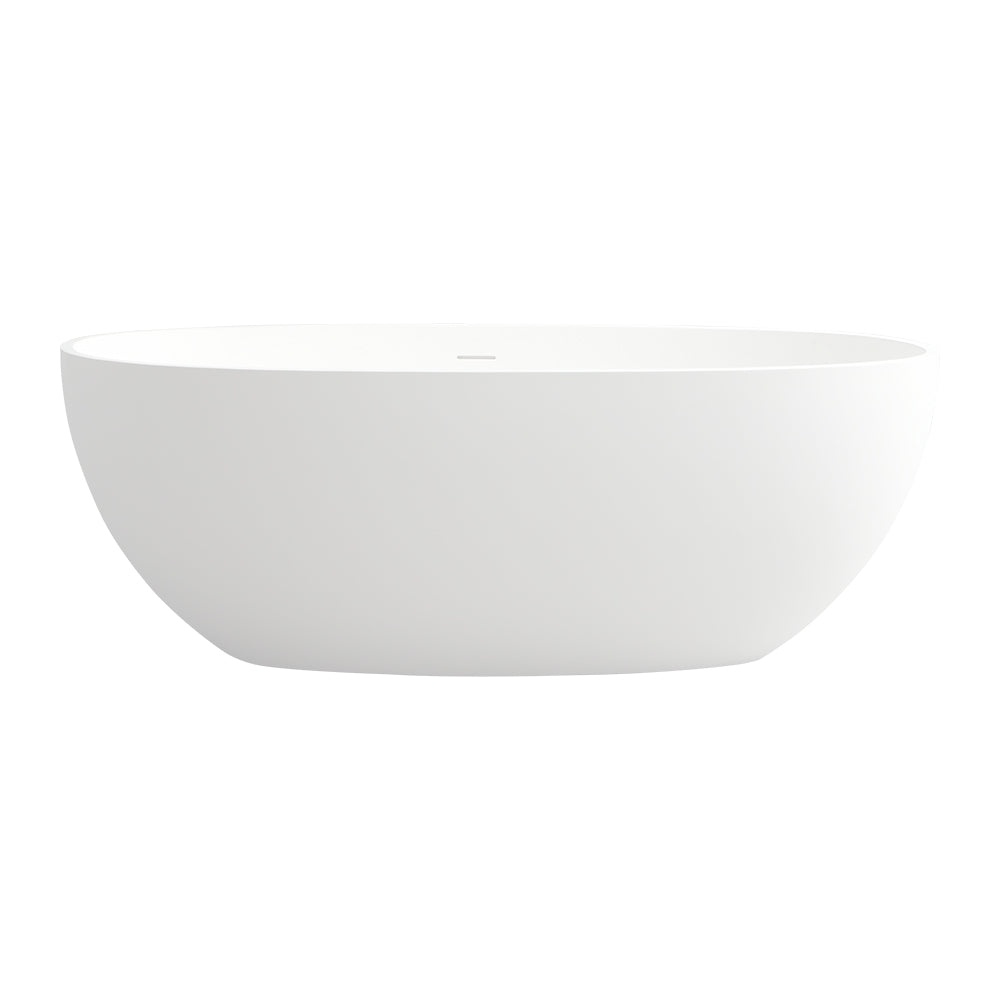
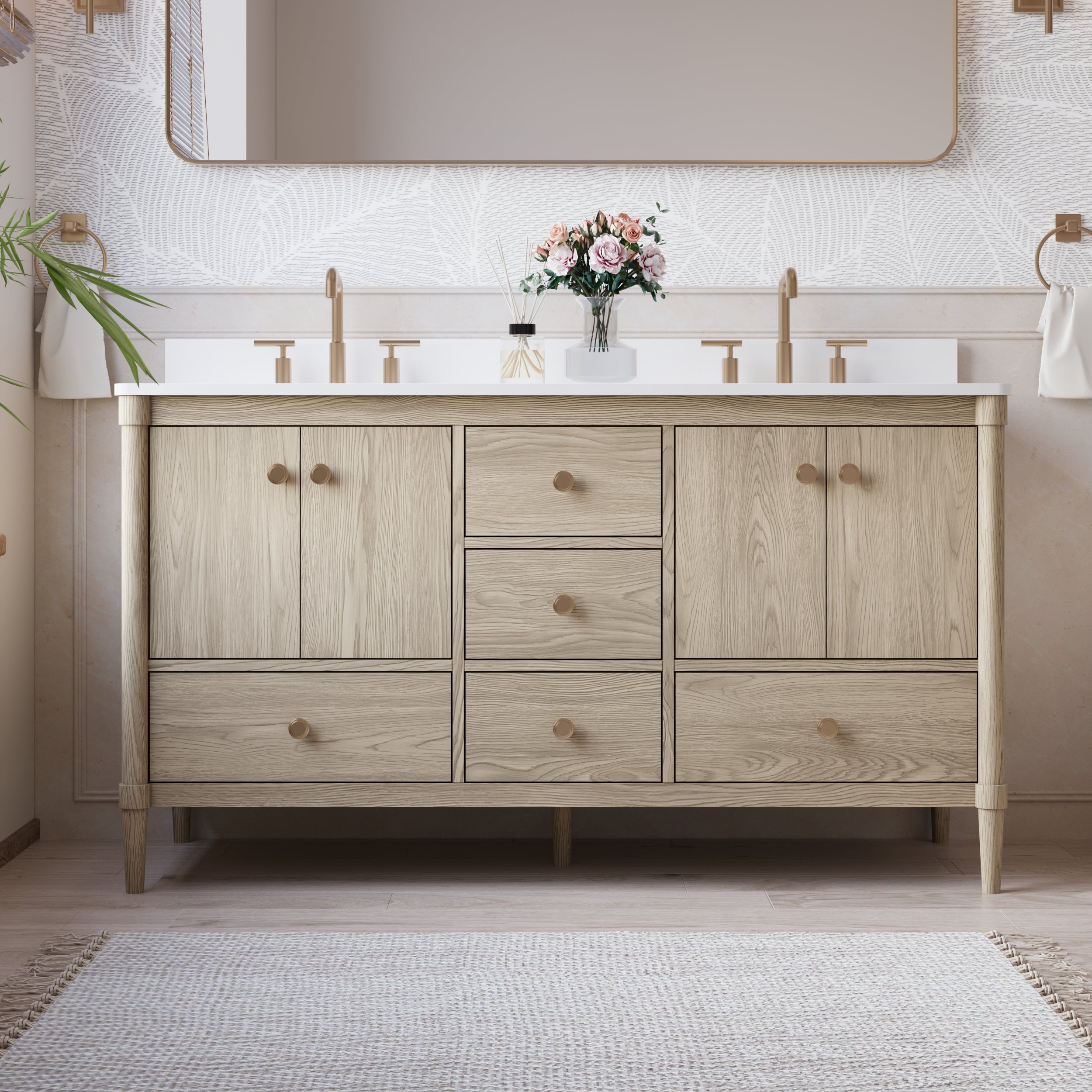
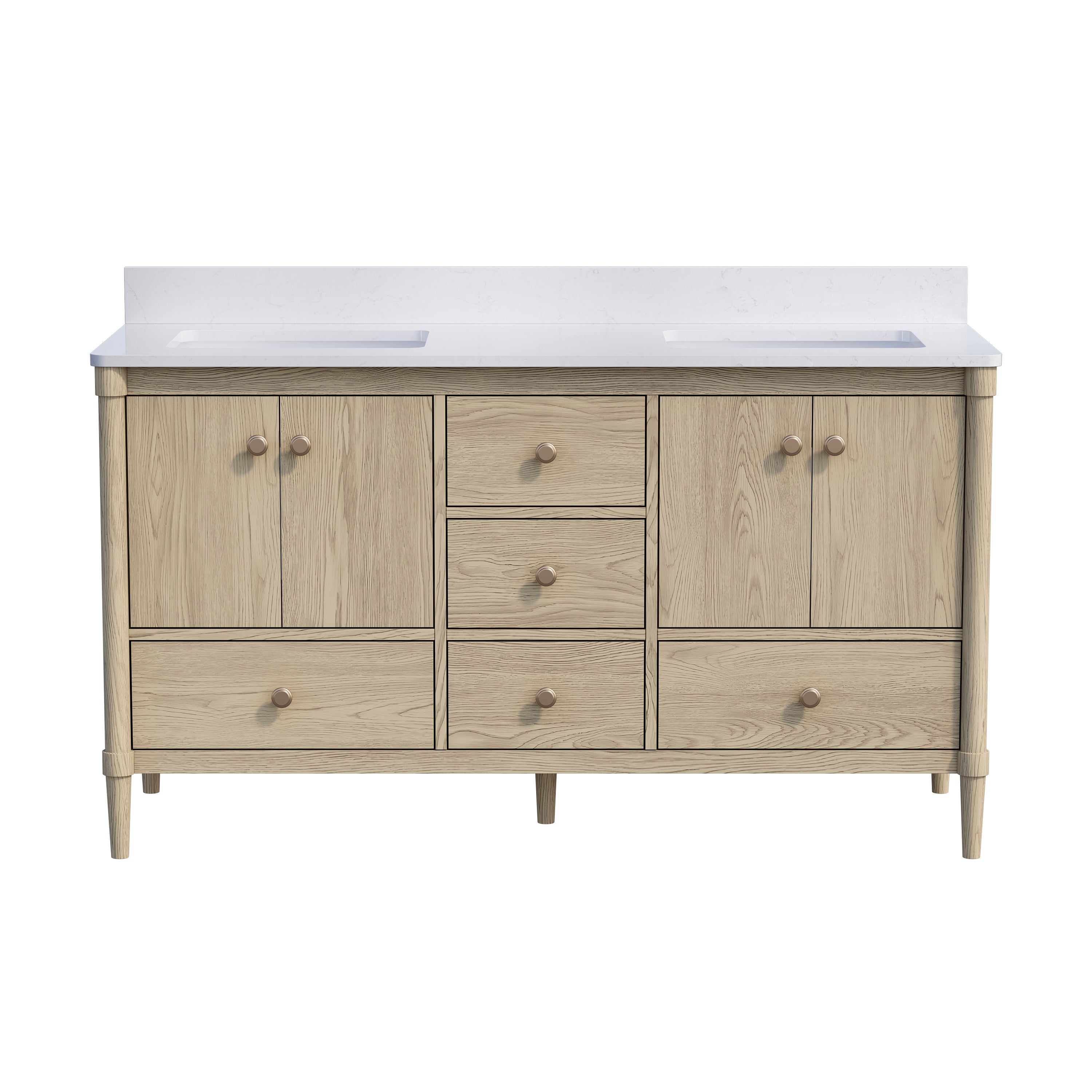
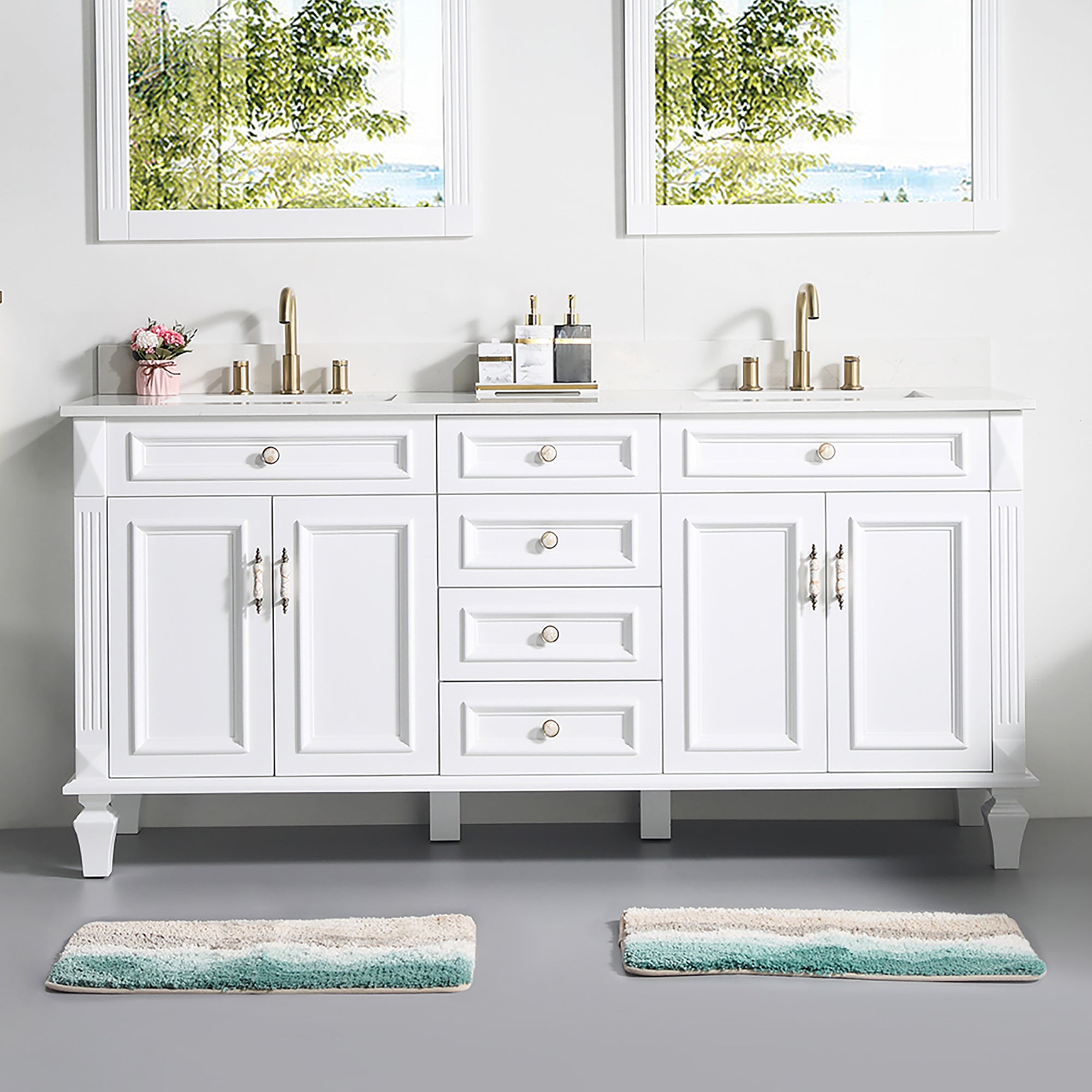
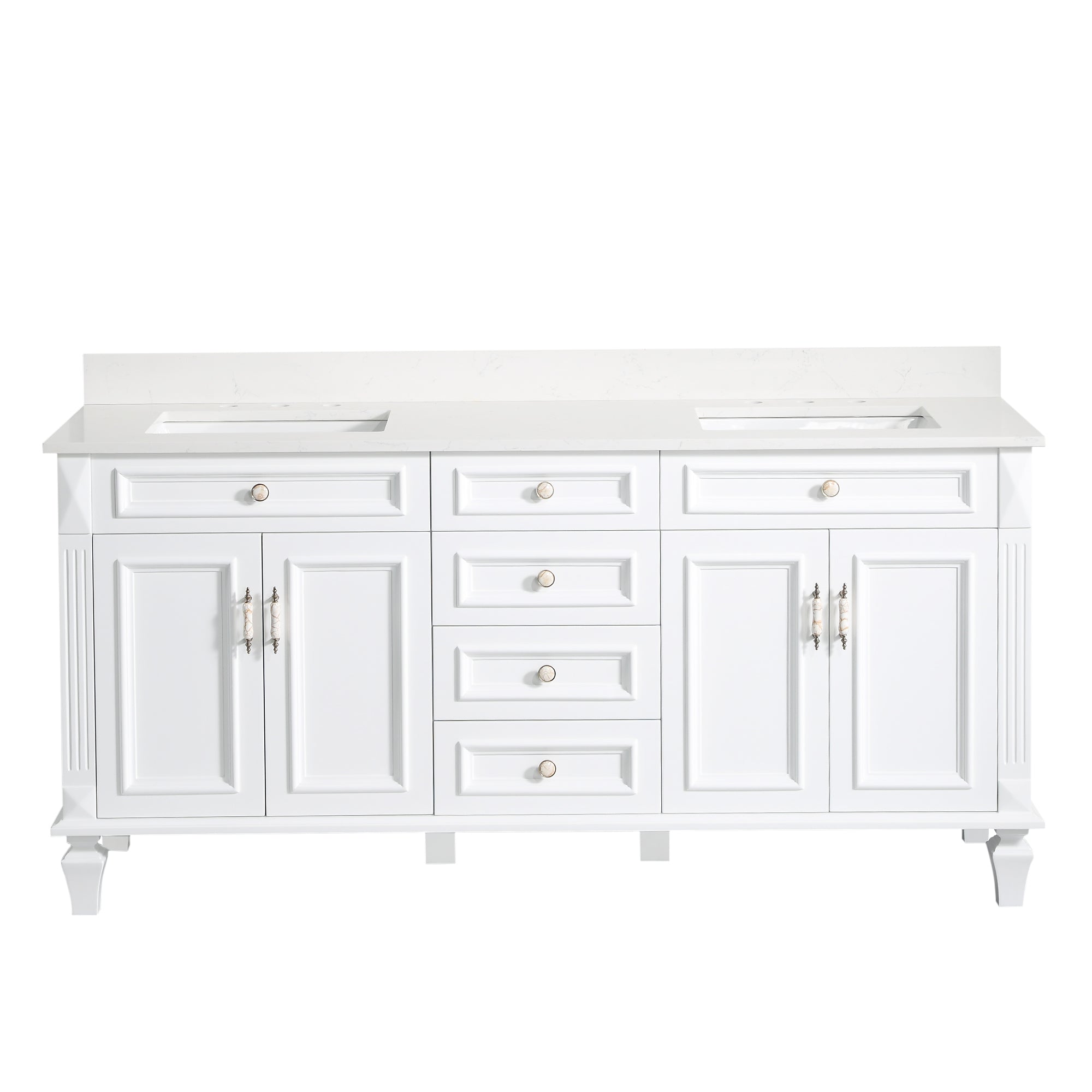
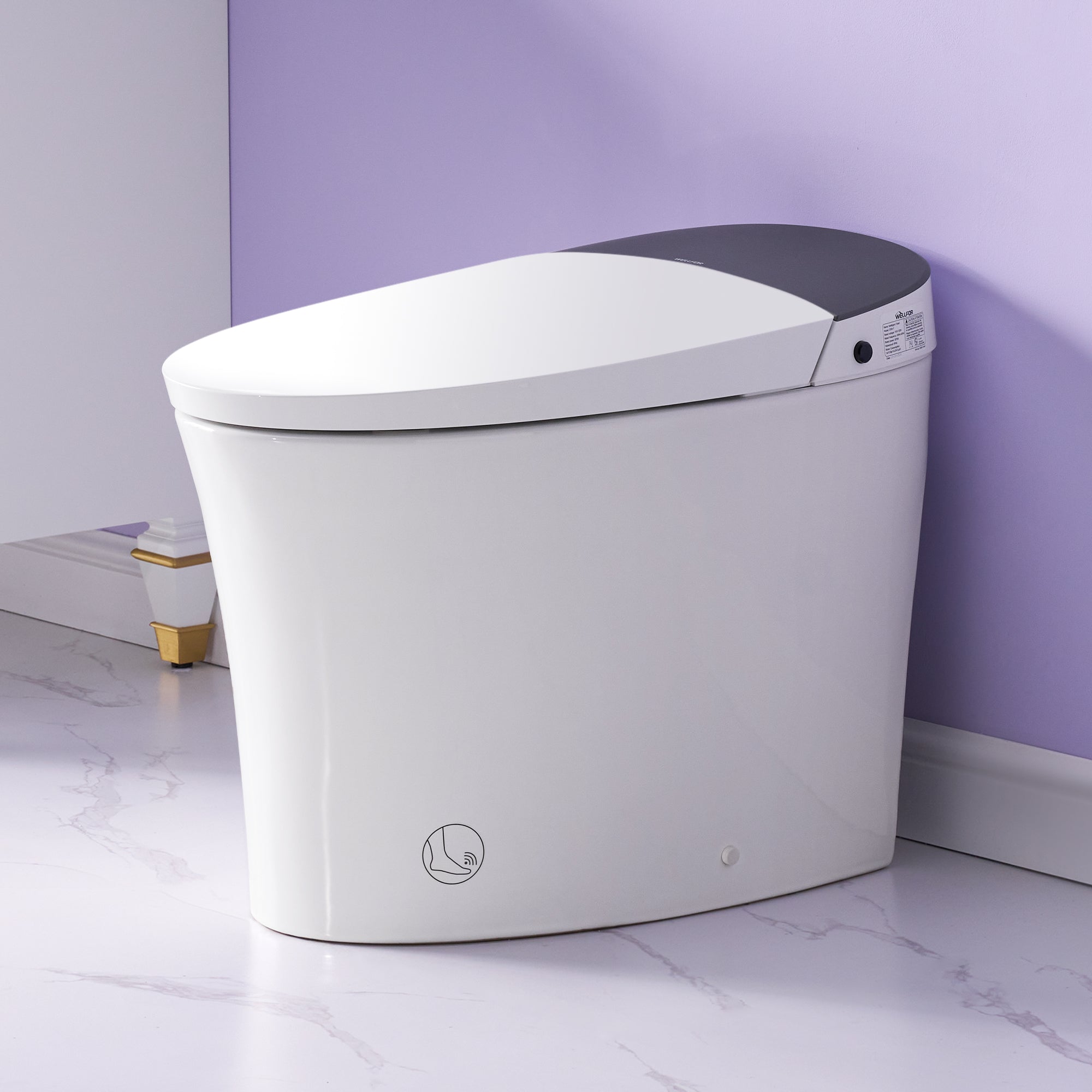
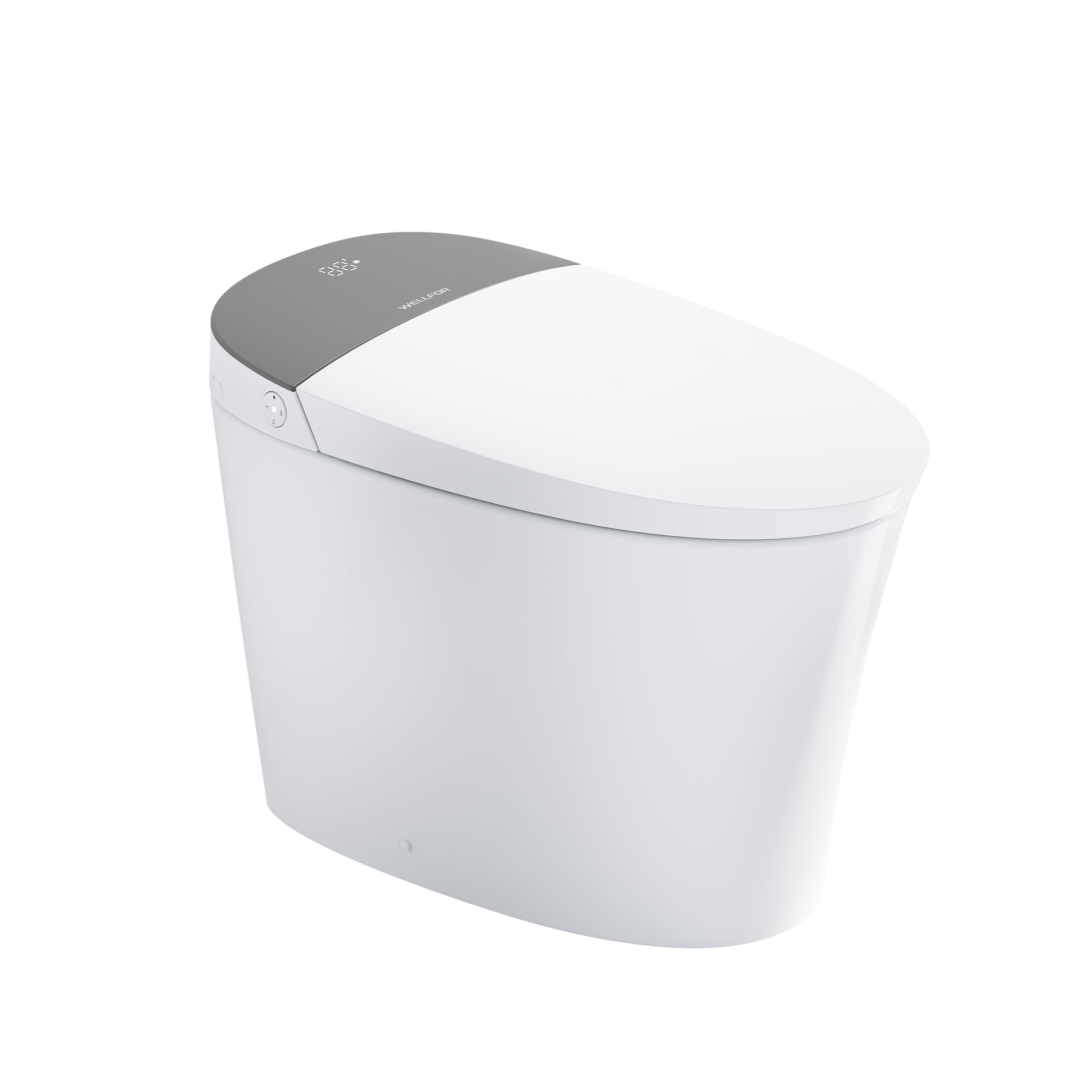
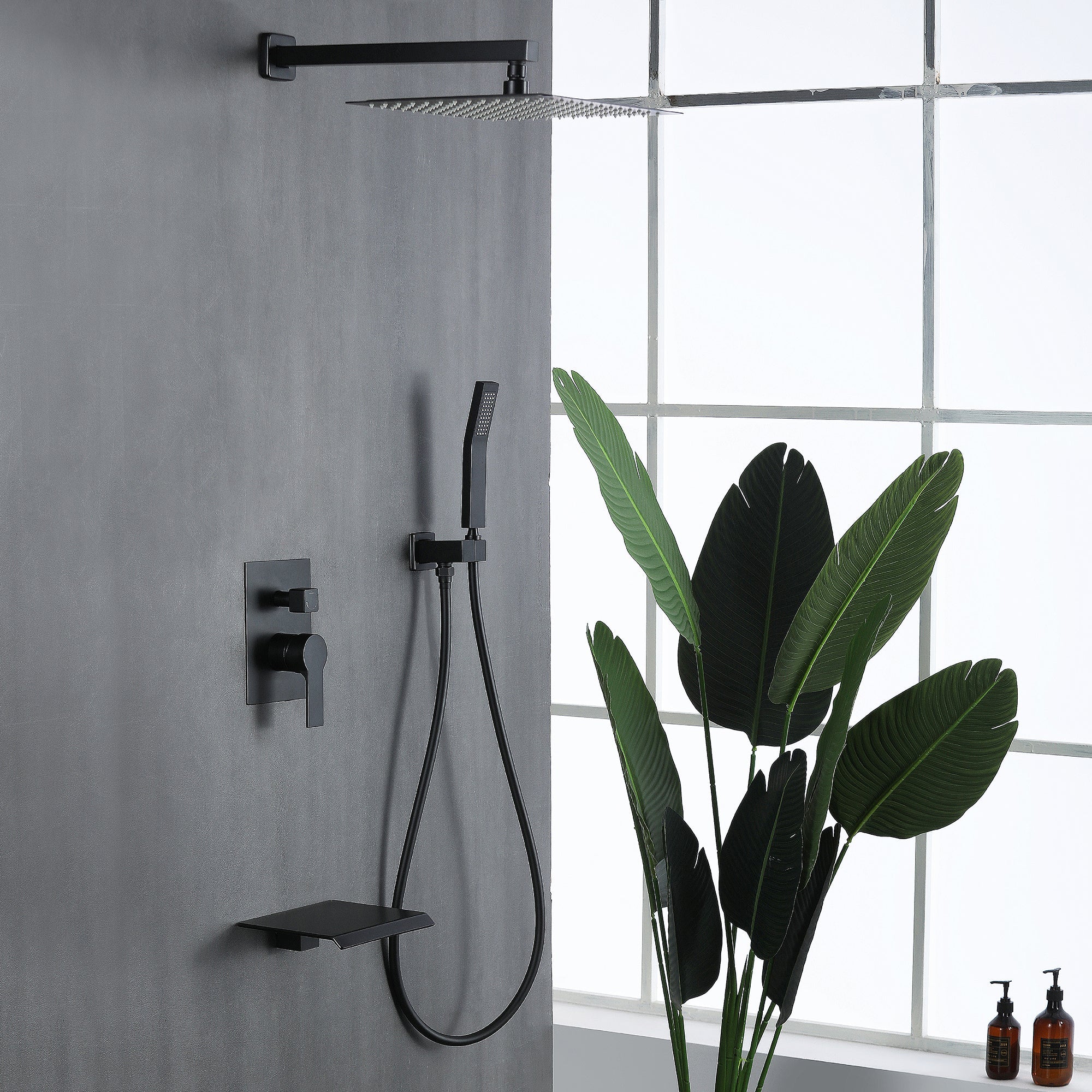
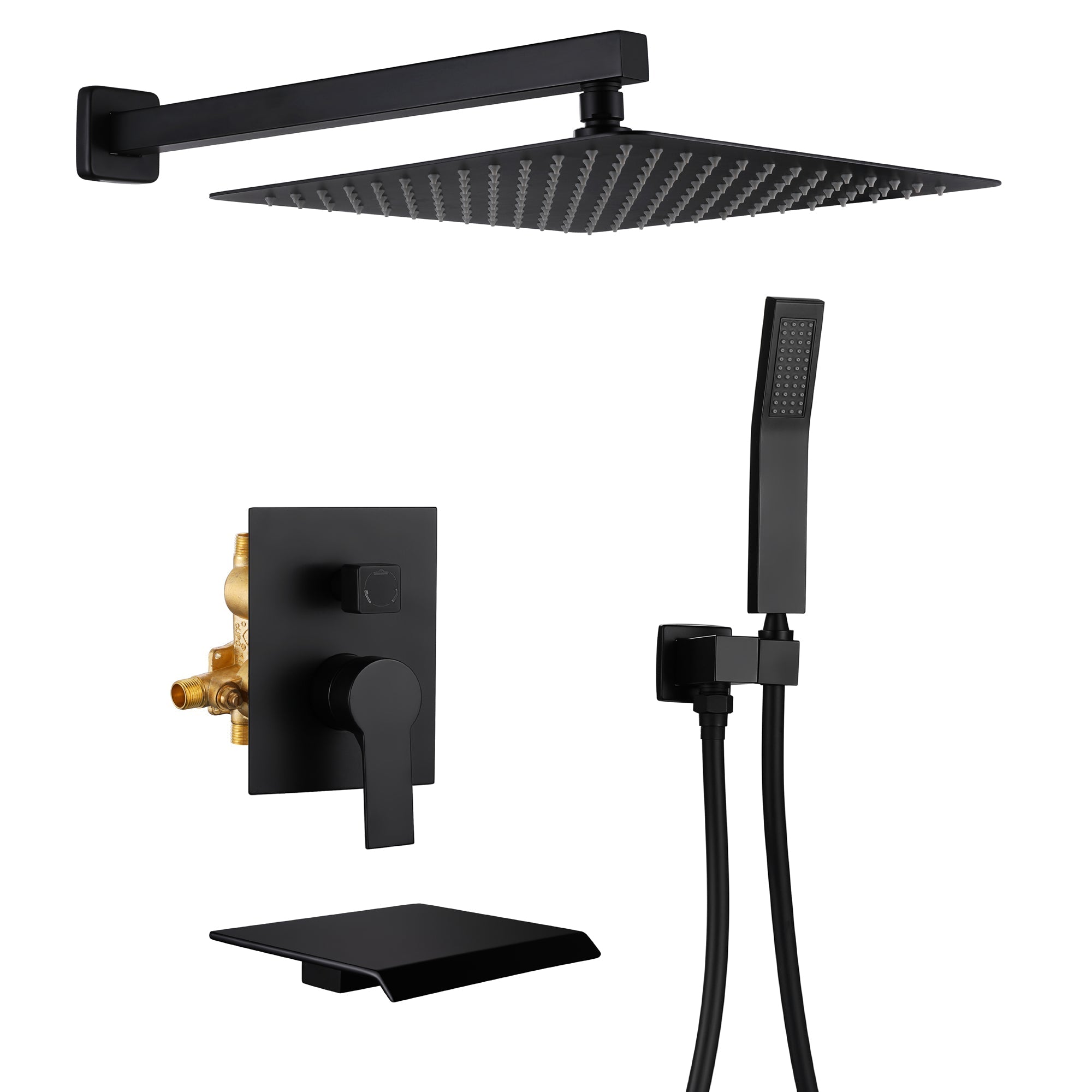
Leave a comment
This site is protected by hCaptcha and the hCaptcha Privacy Policy and Terms of Service apply.